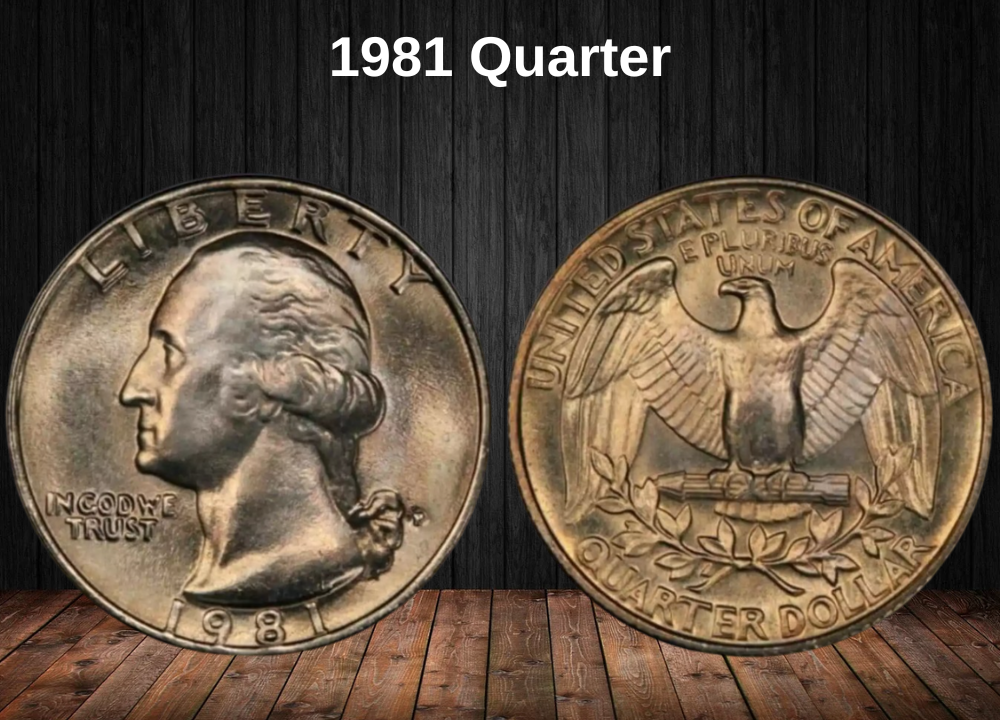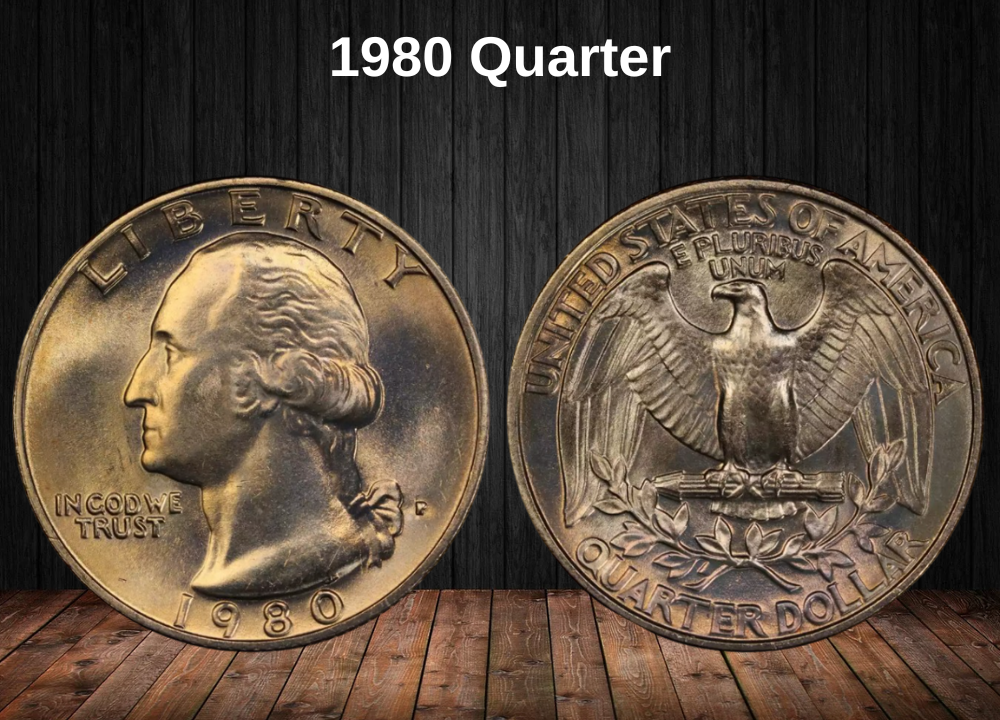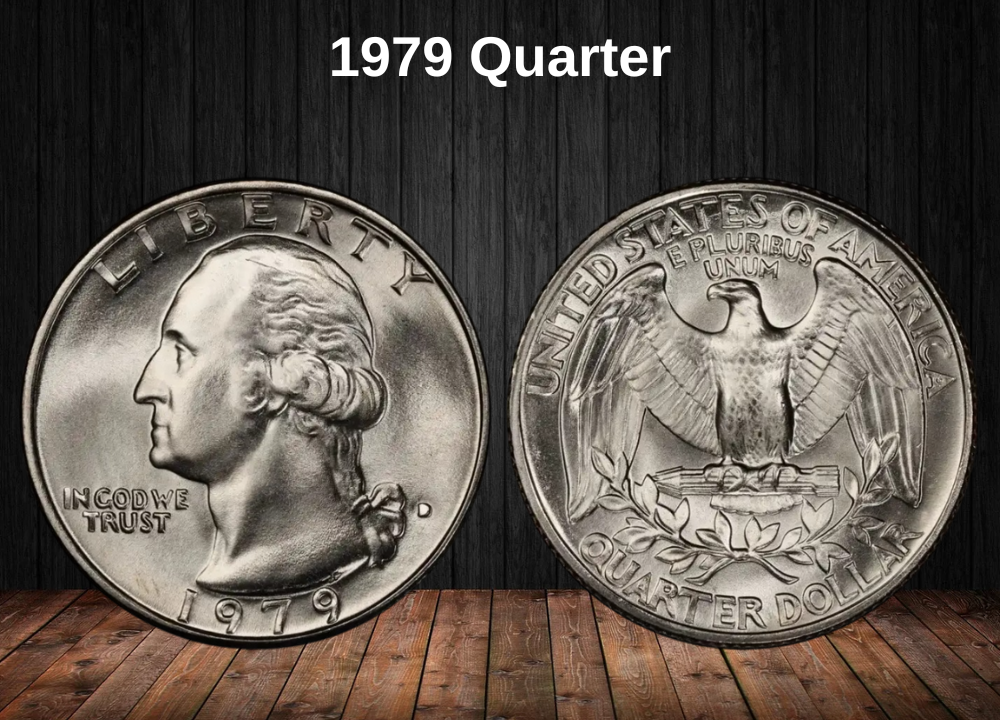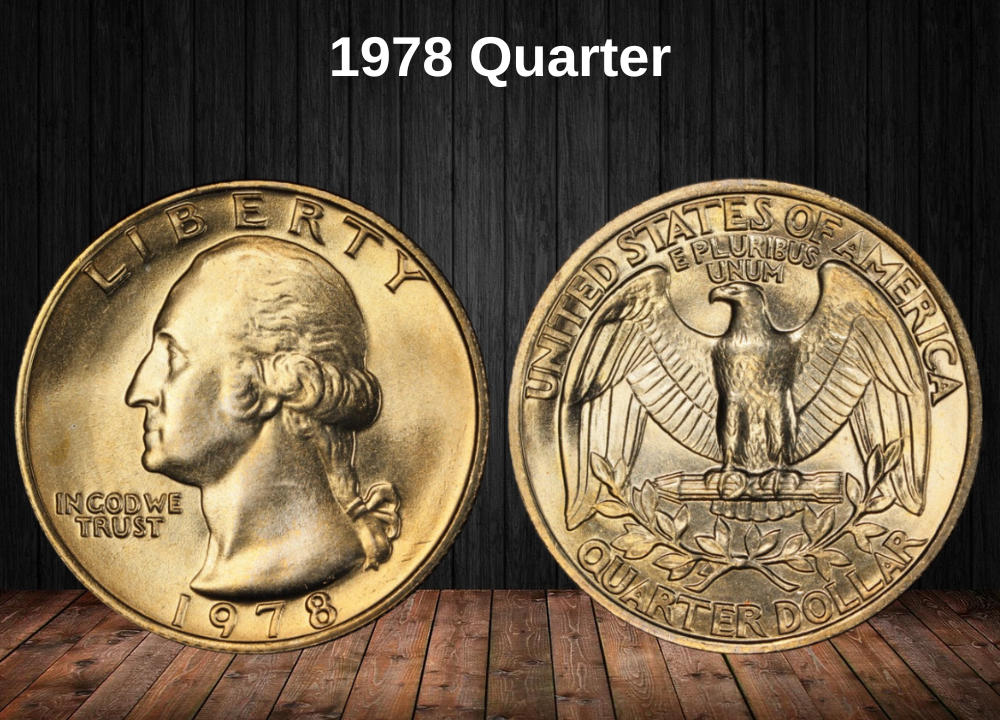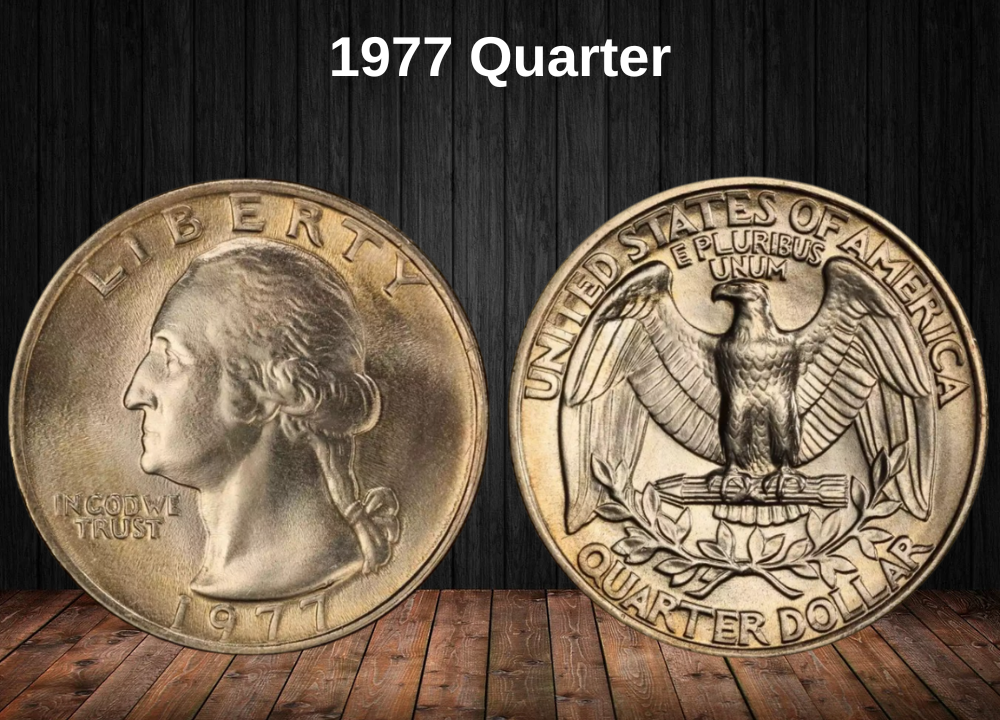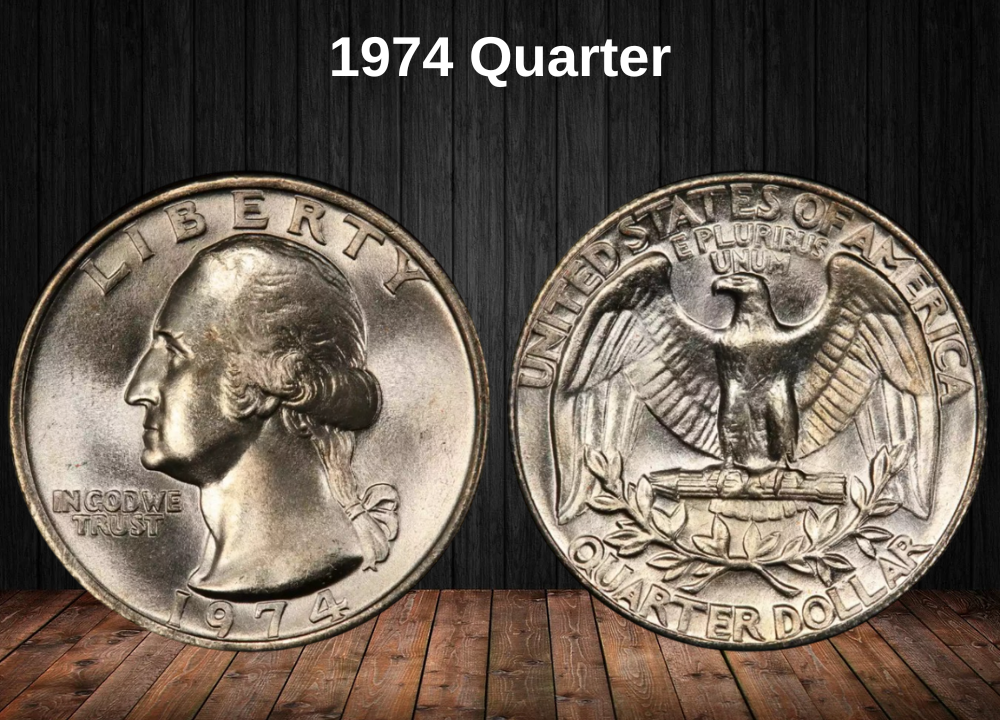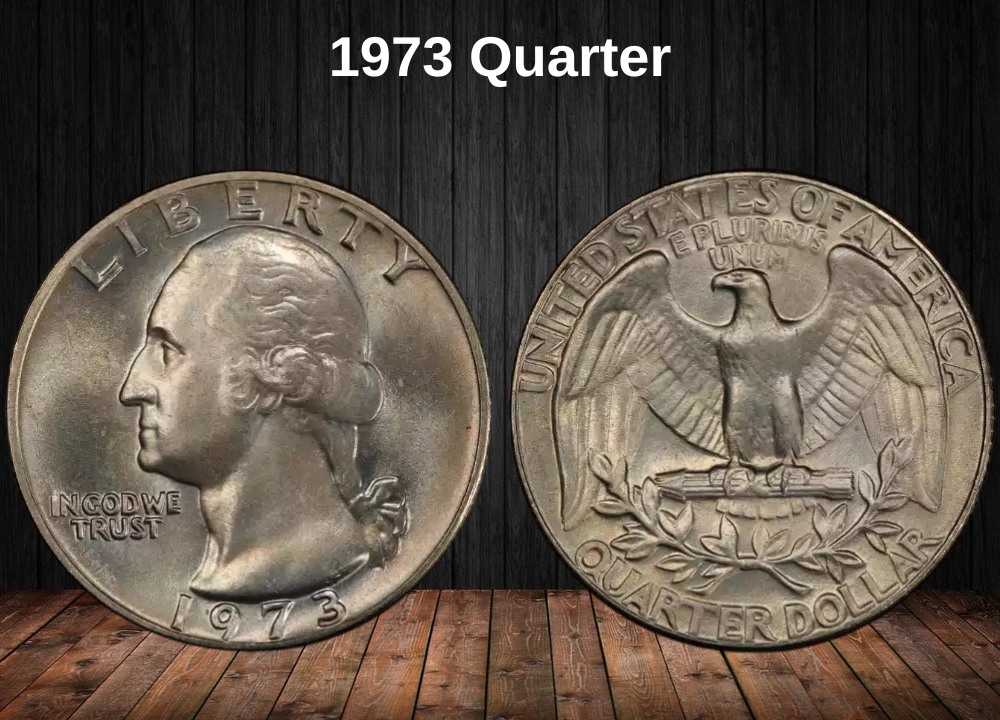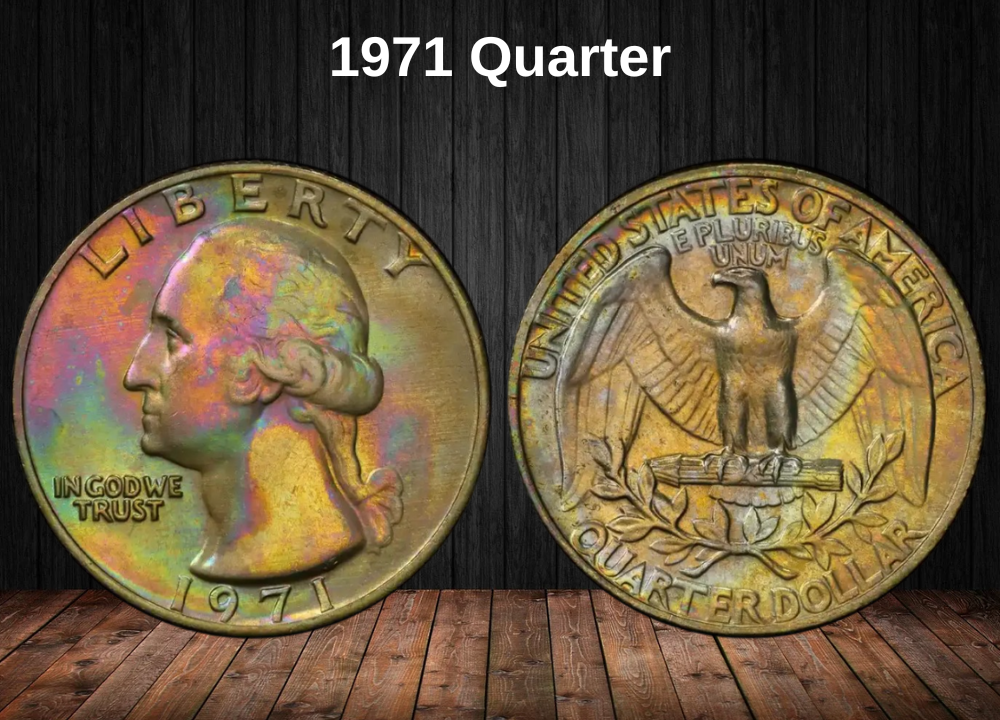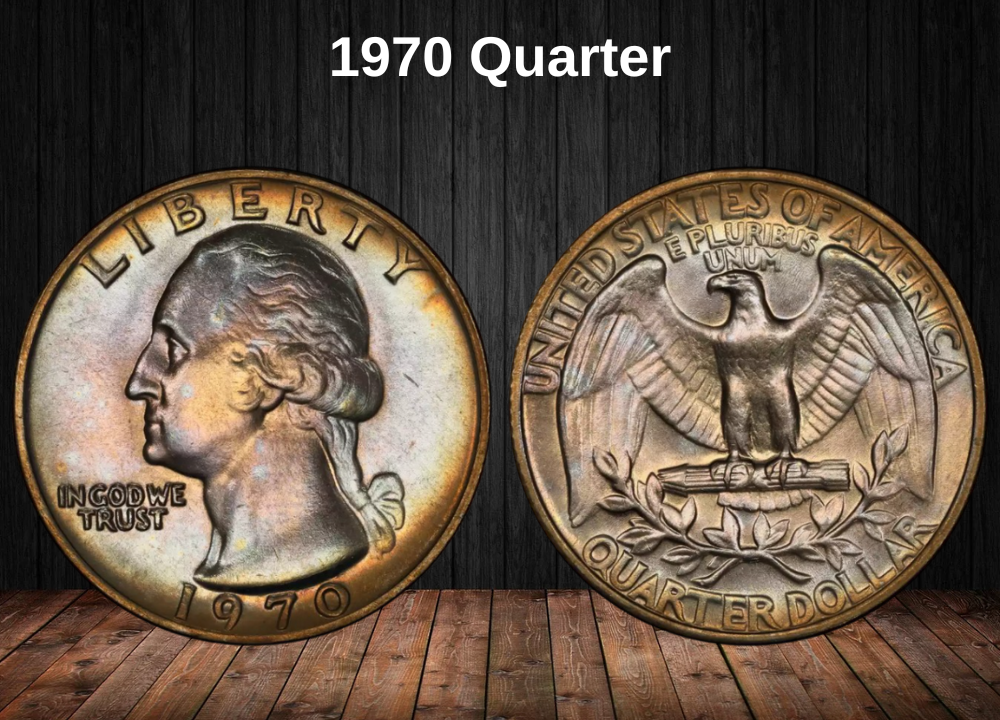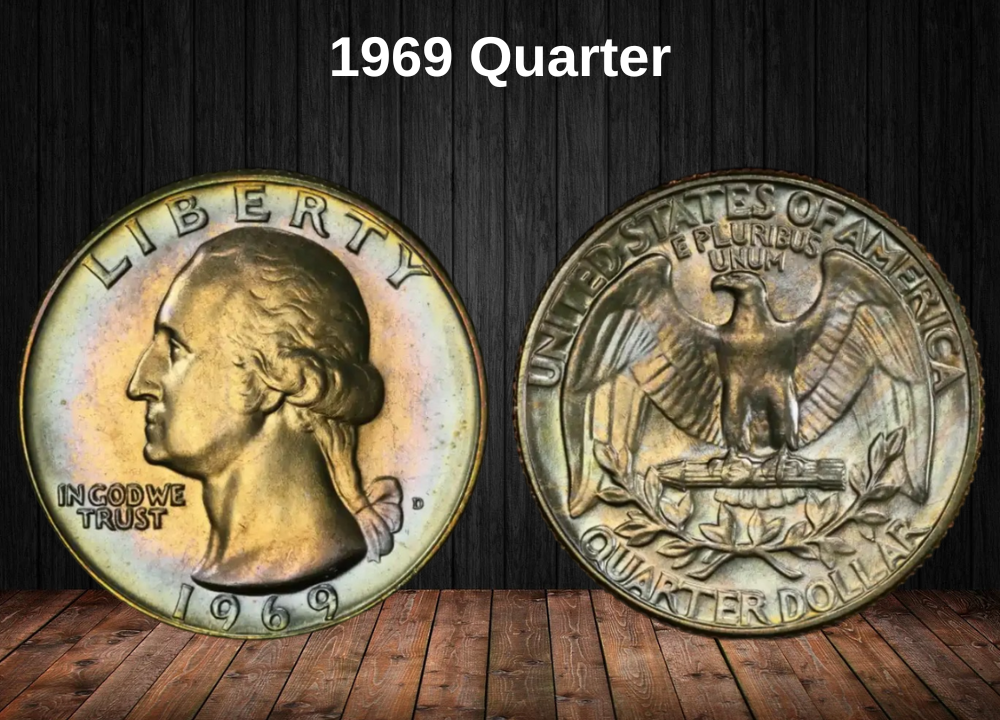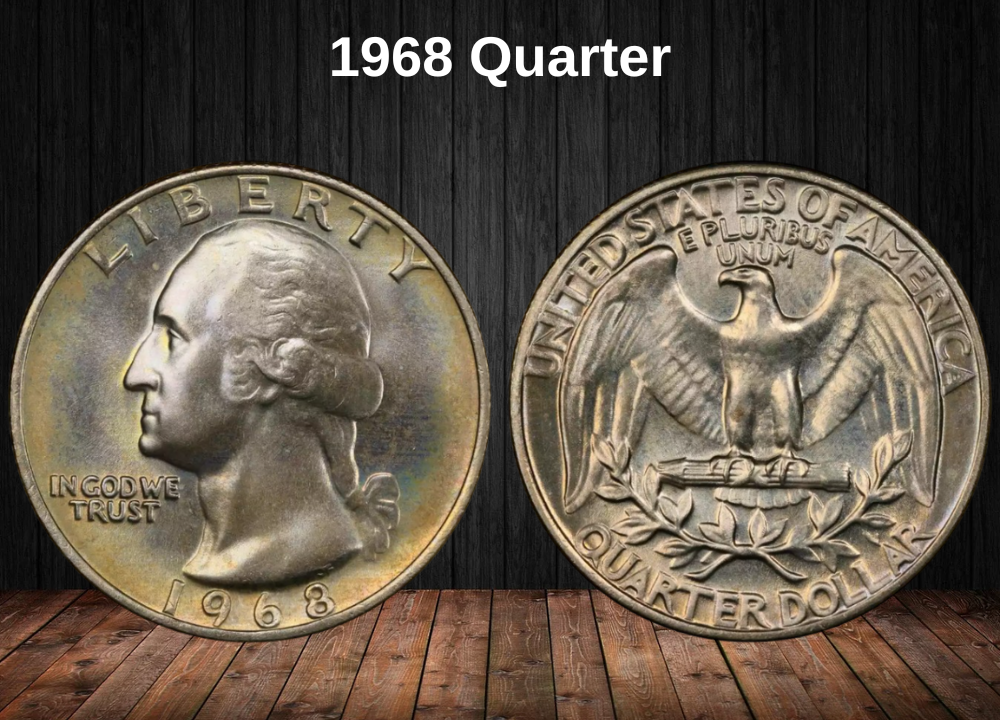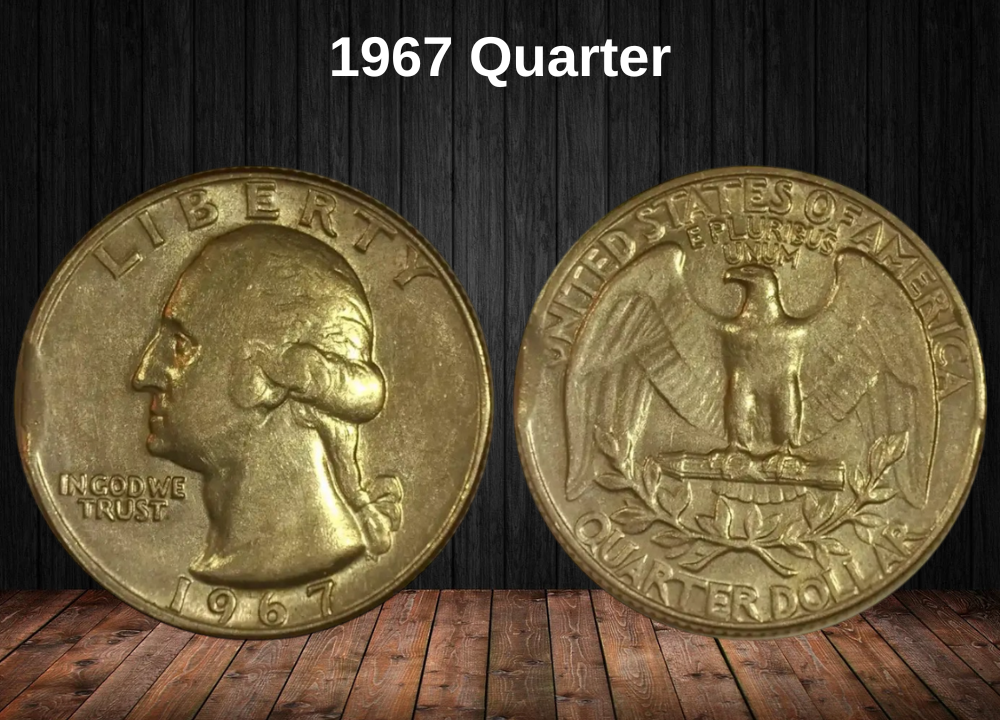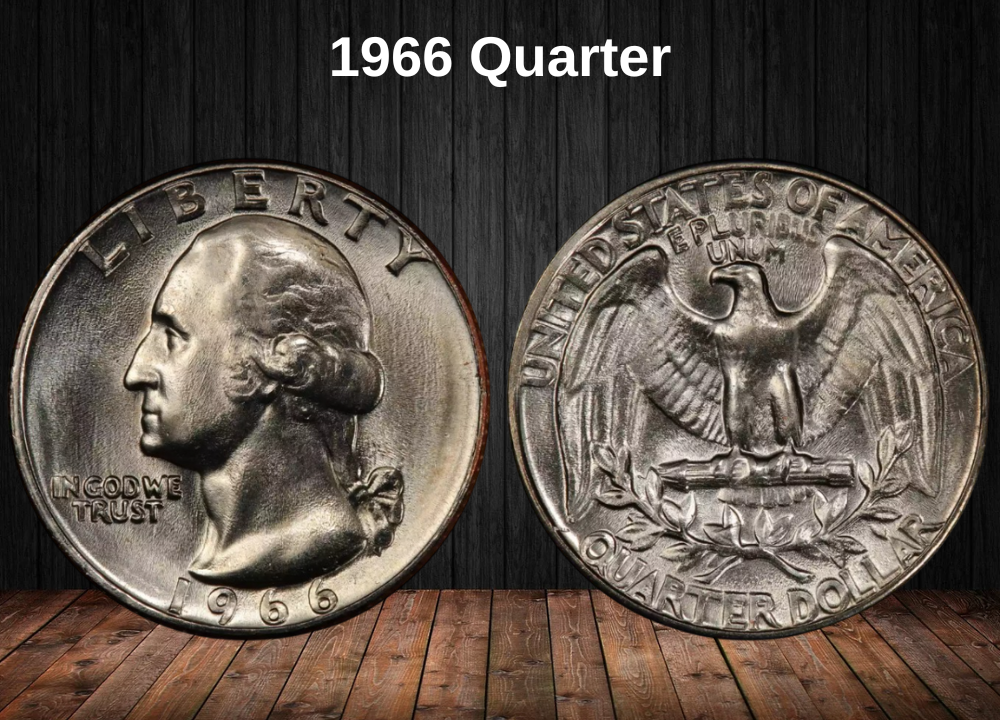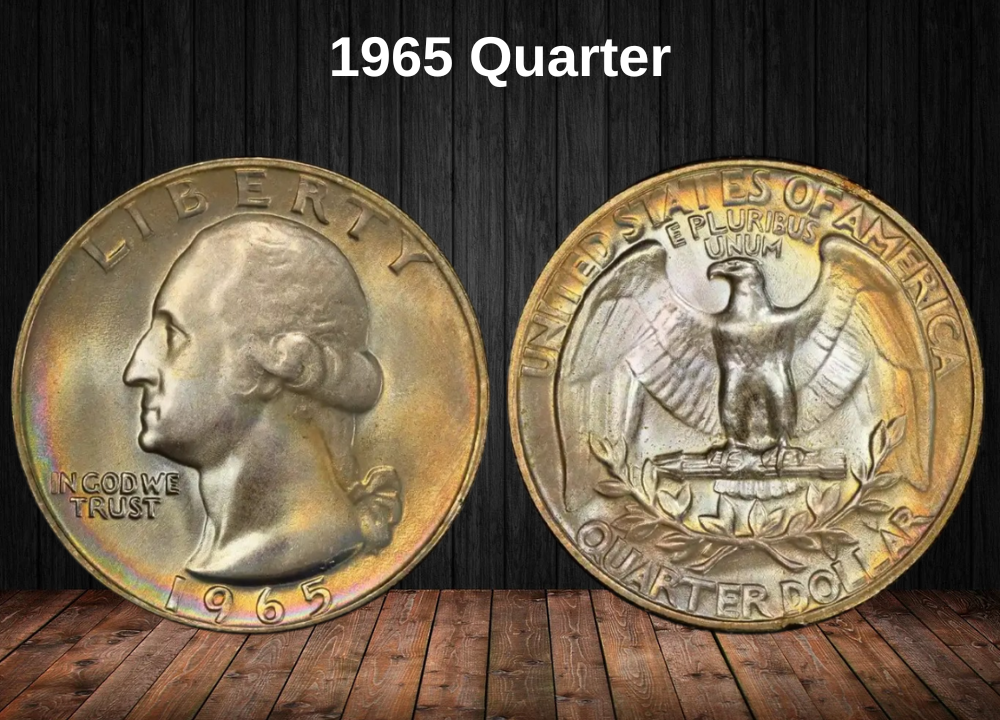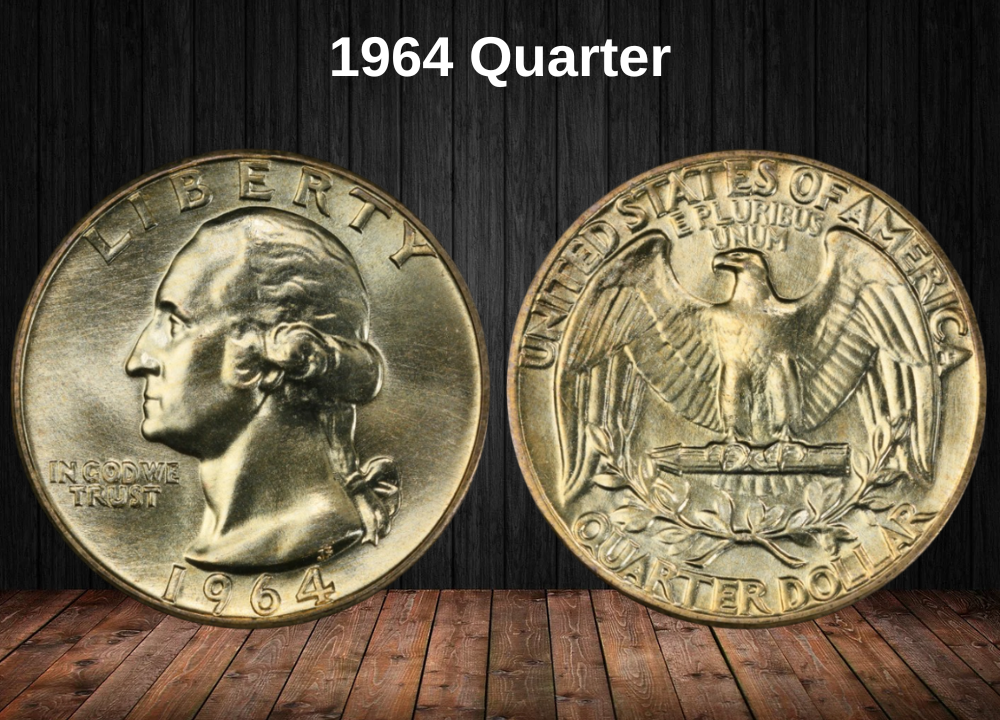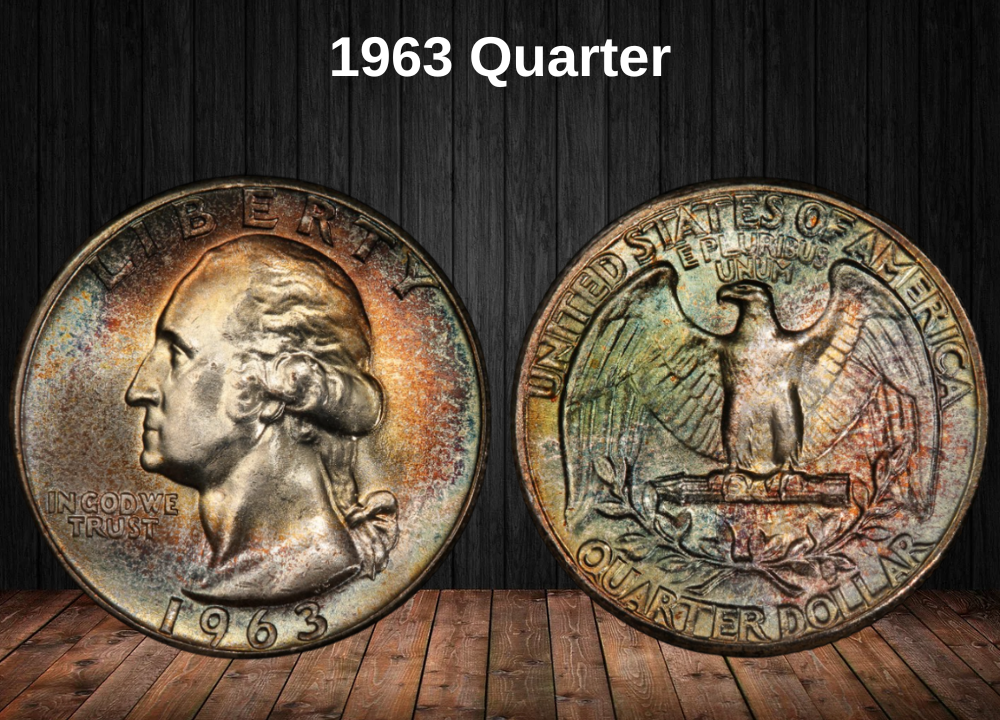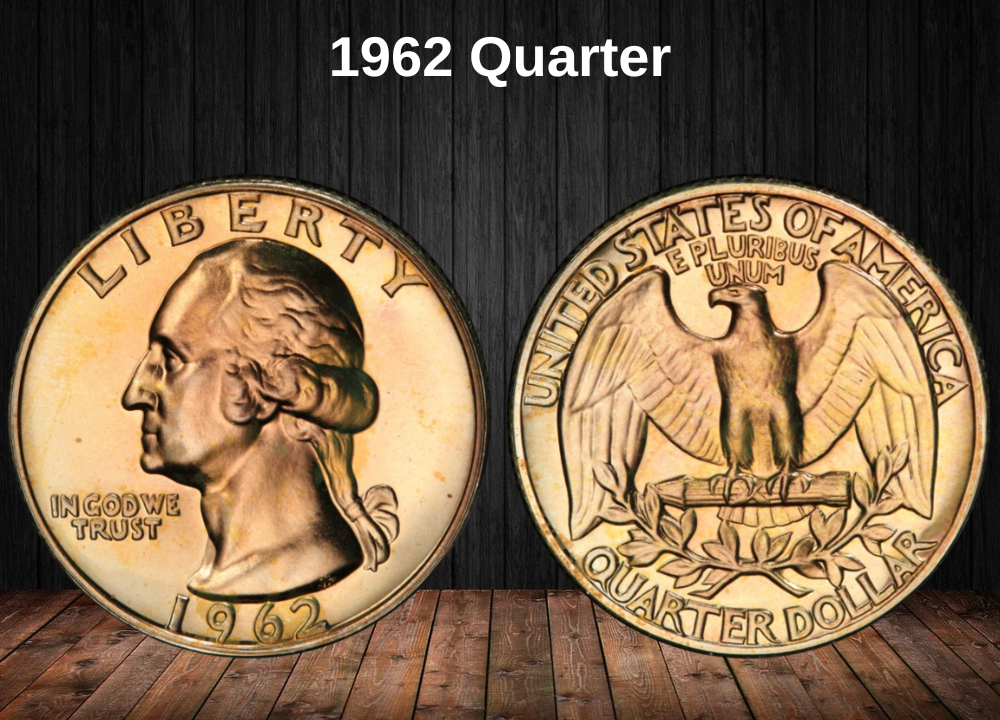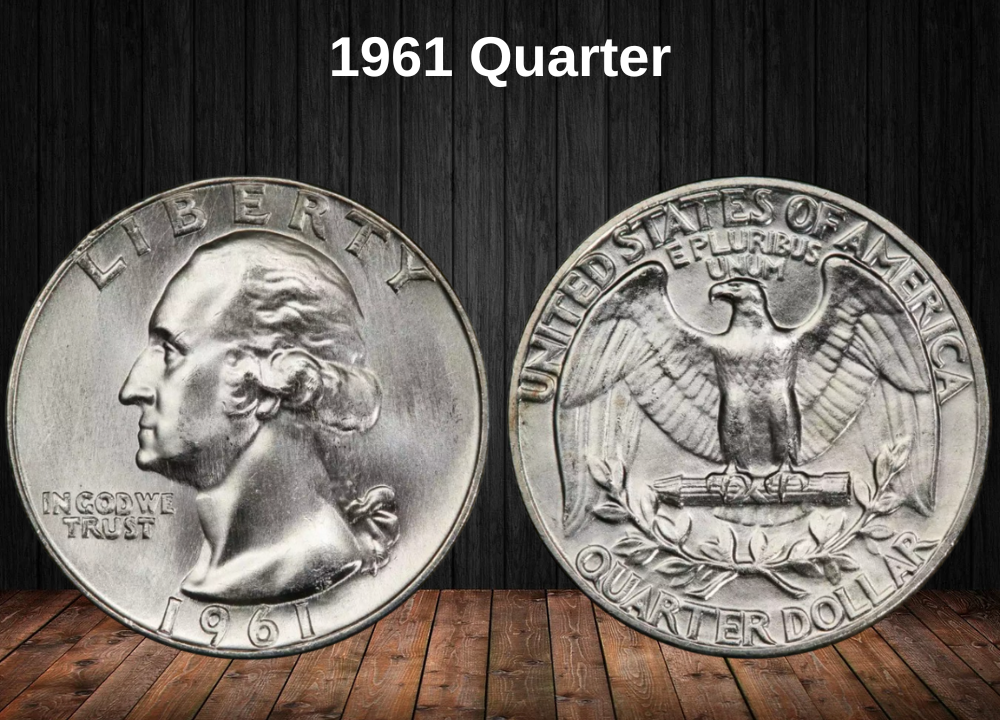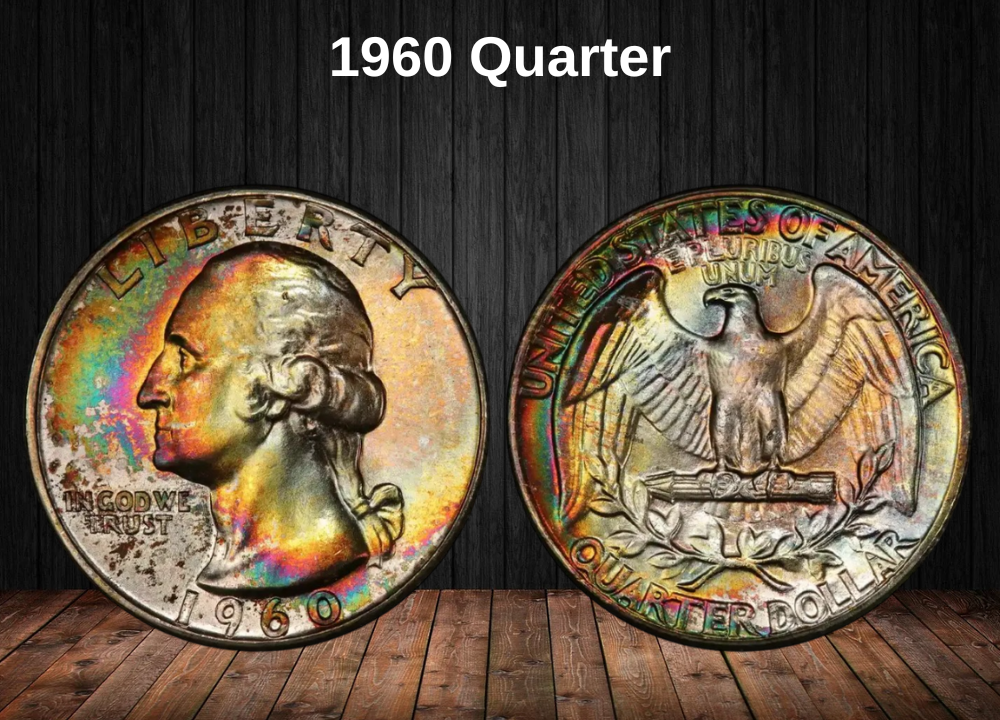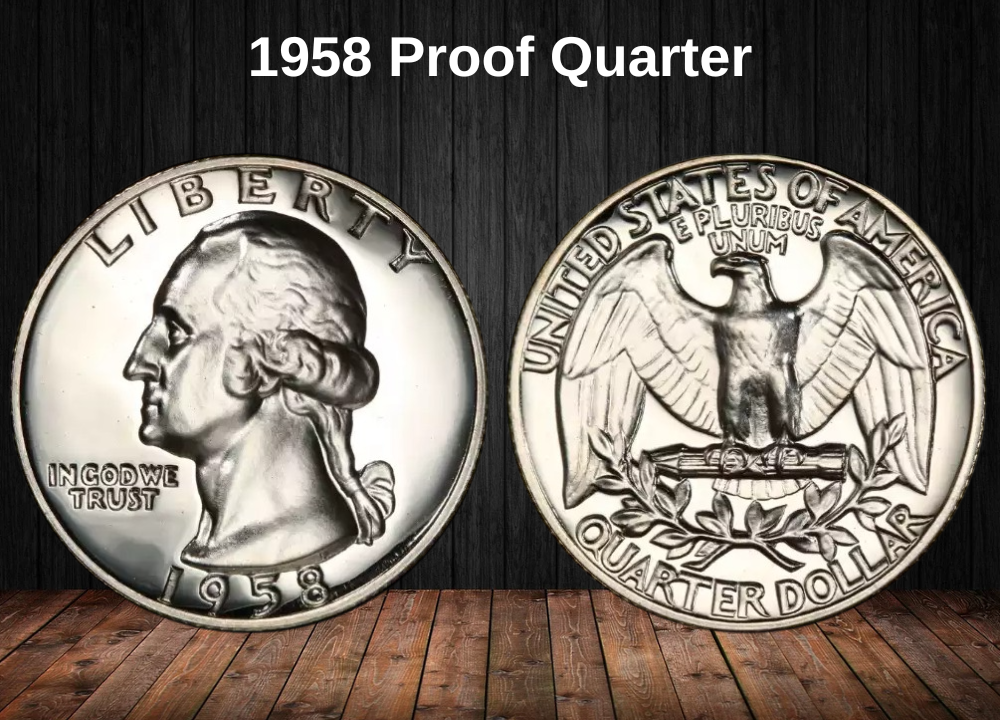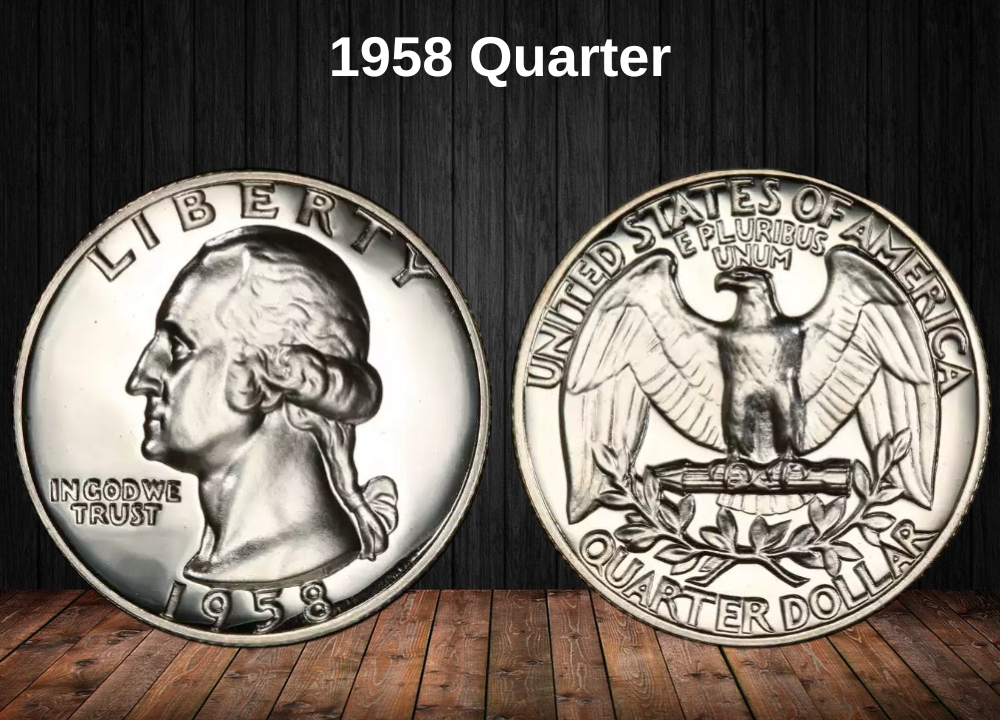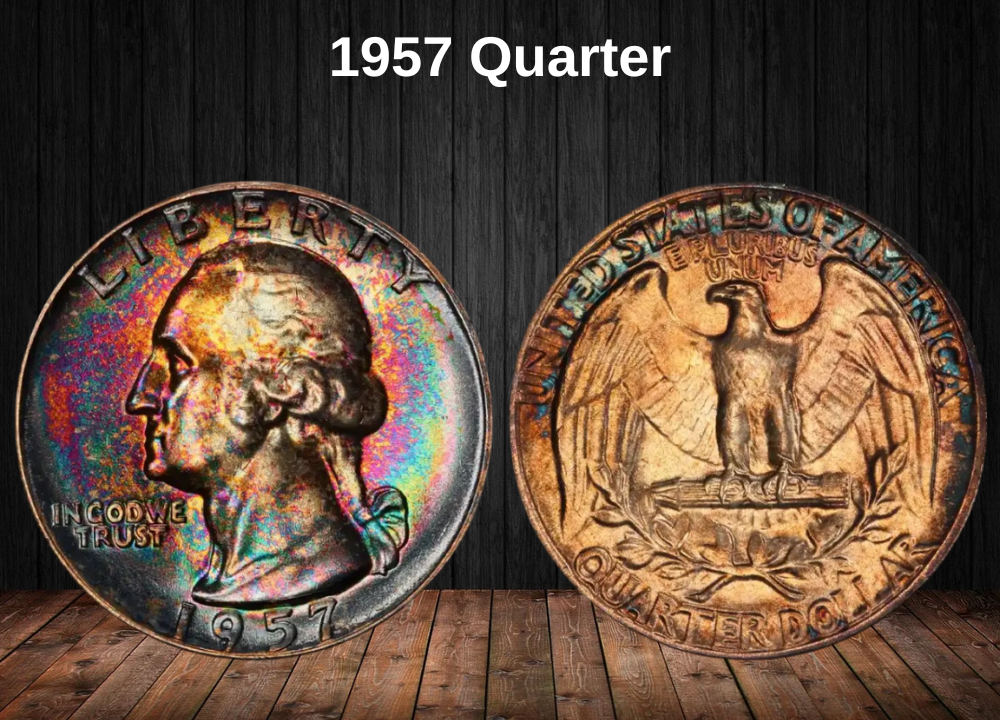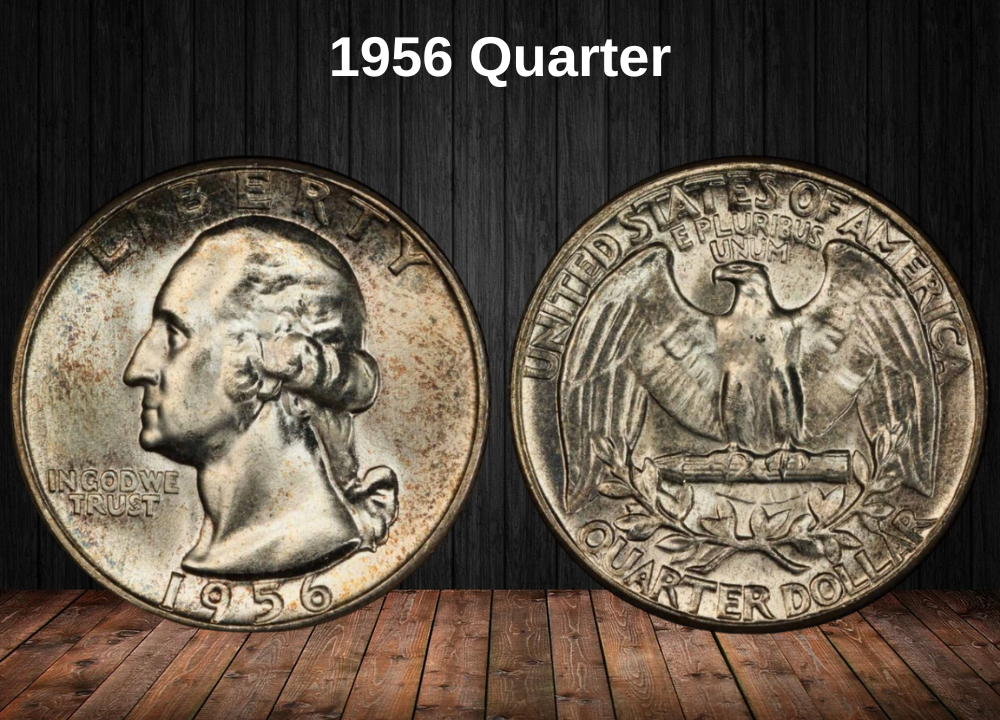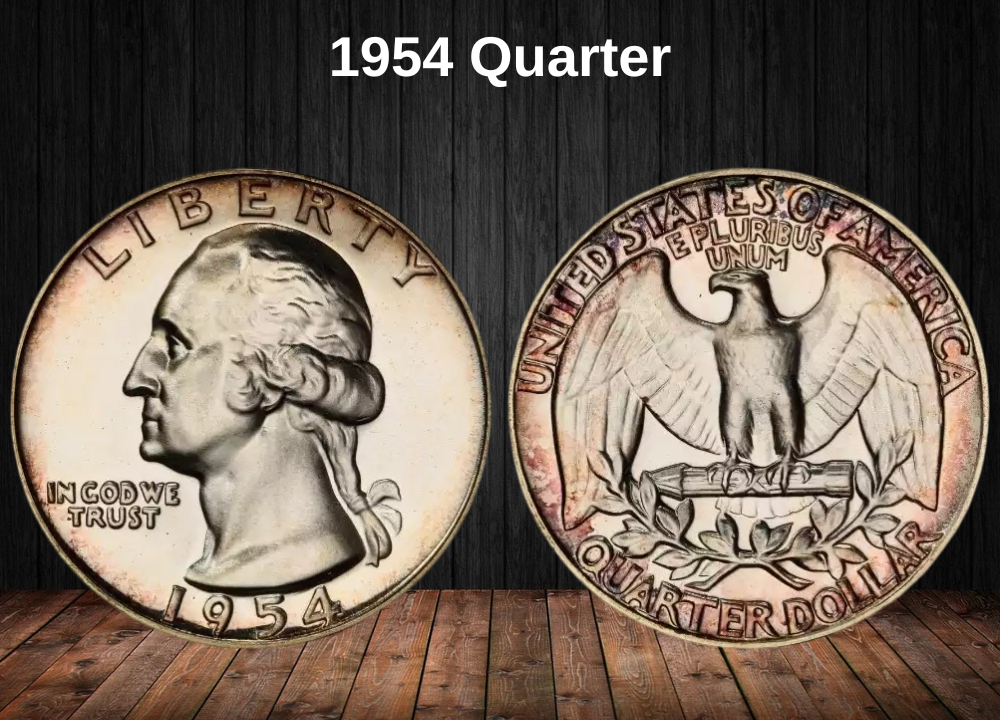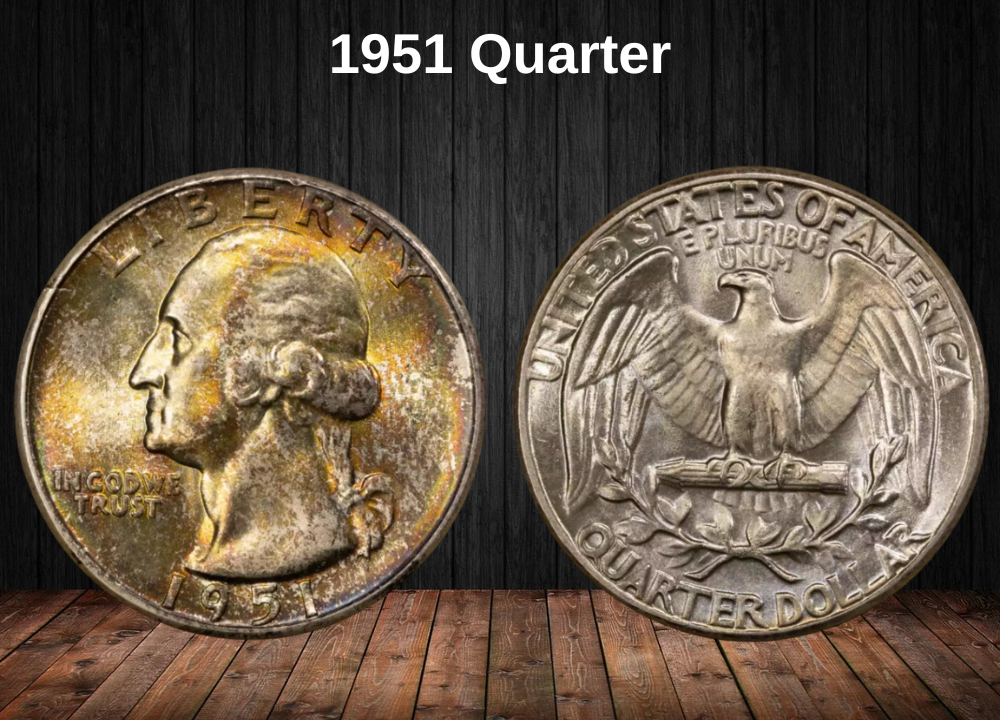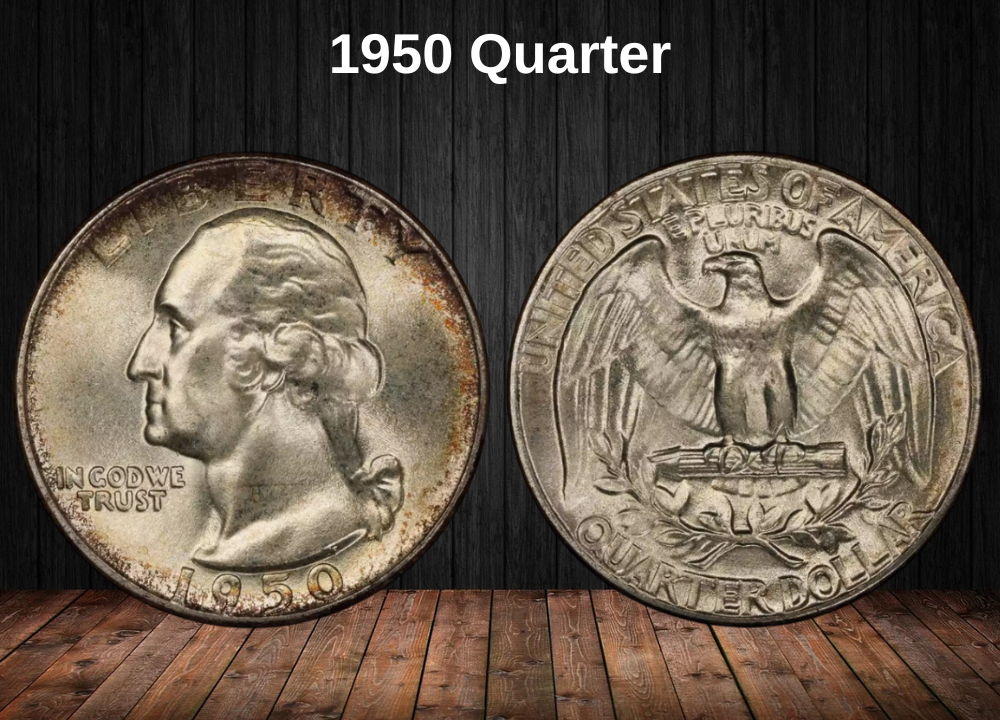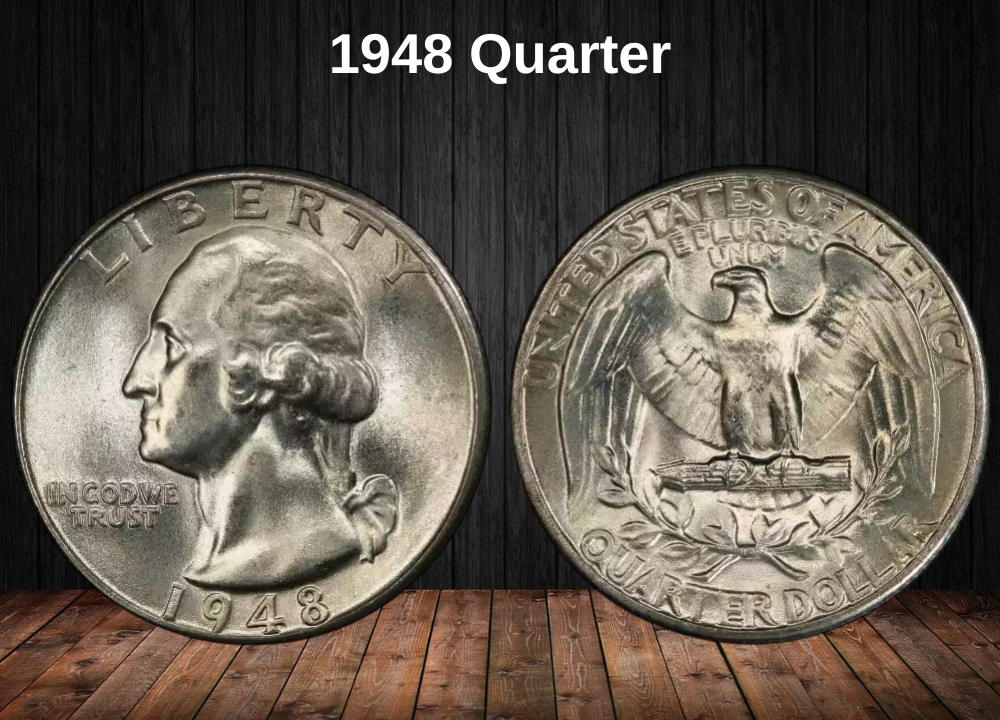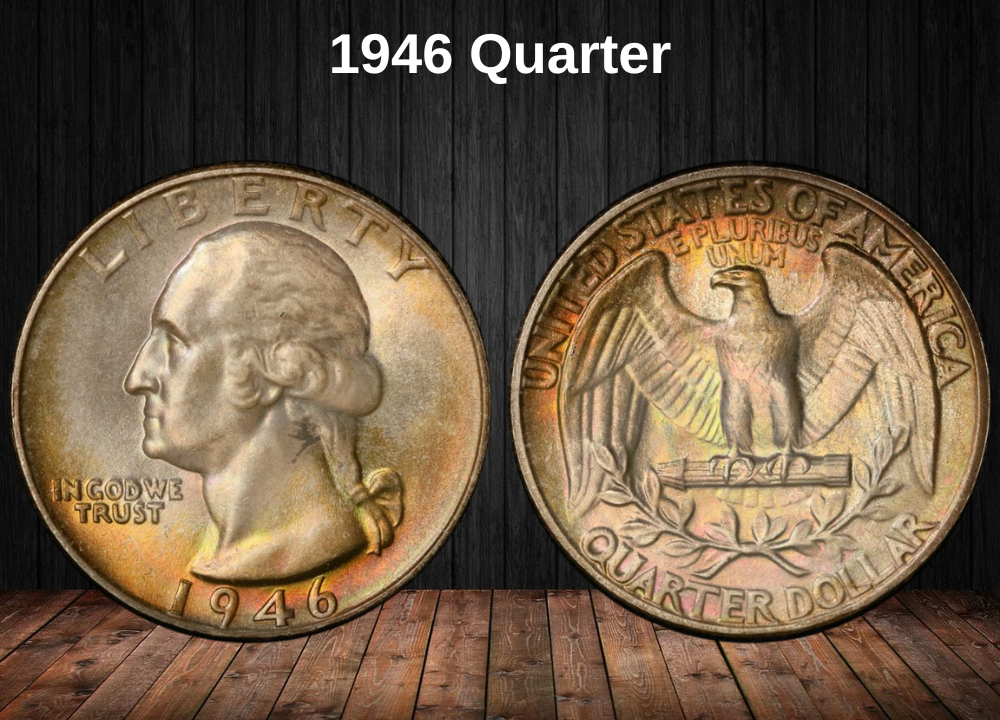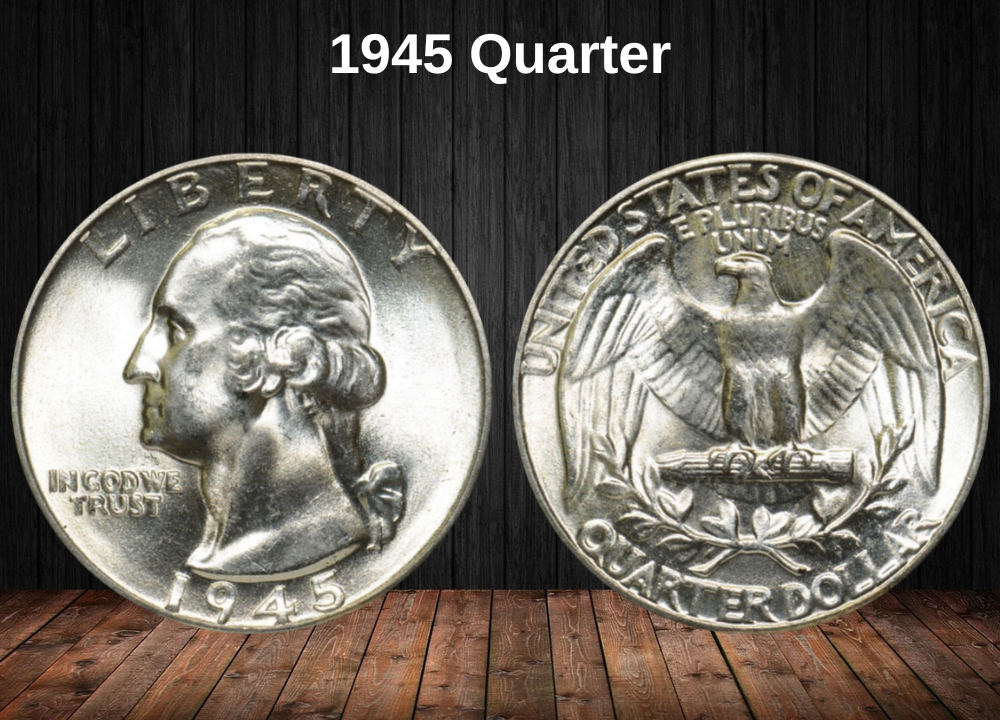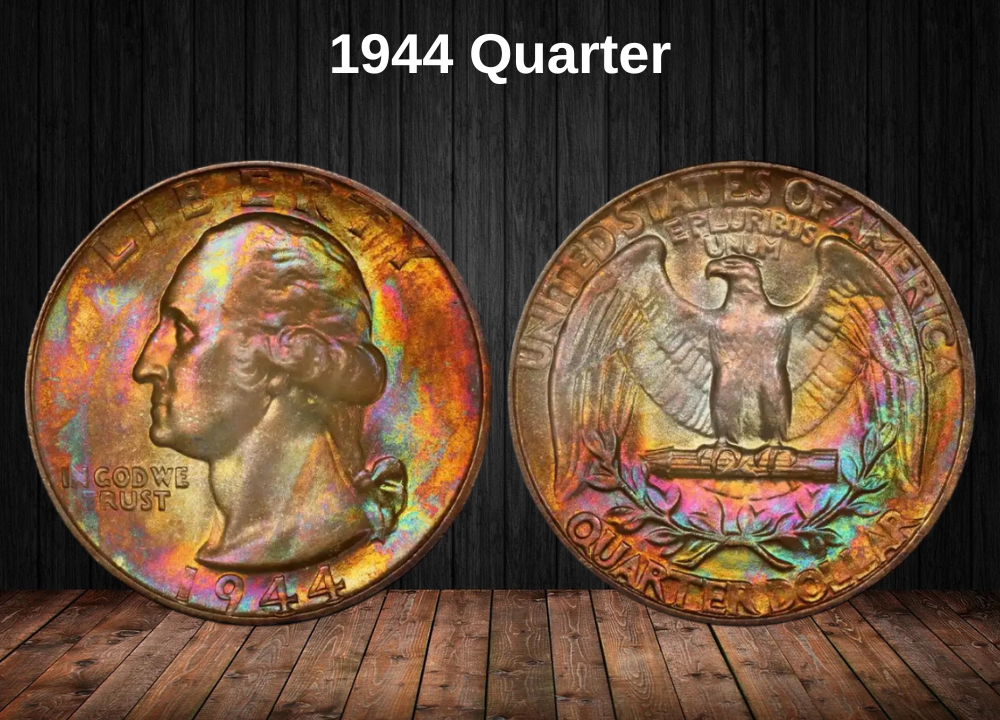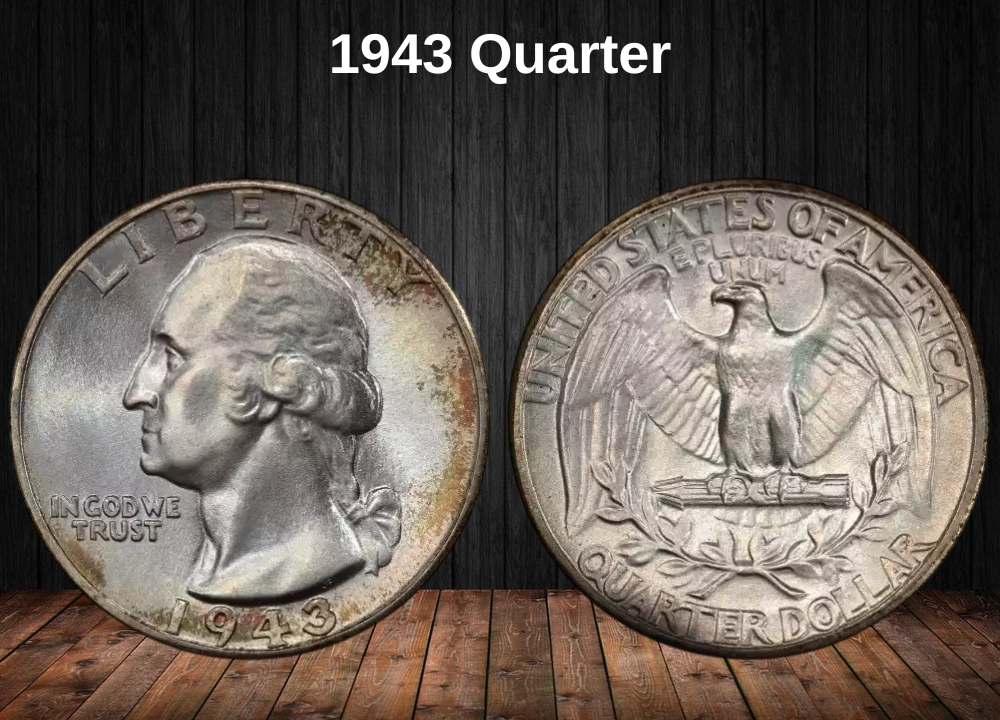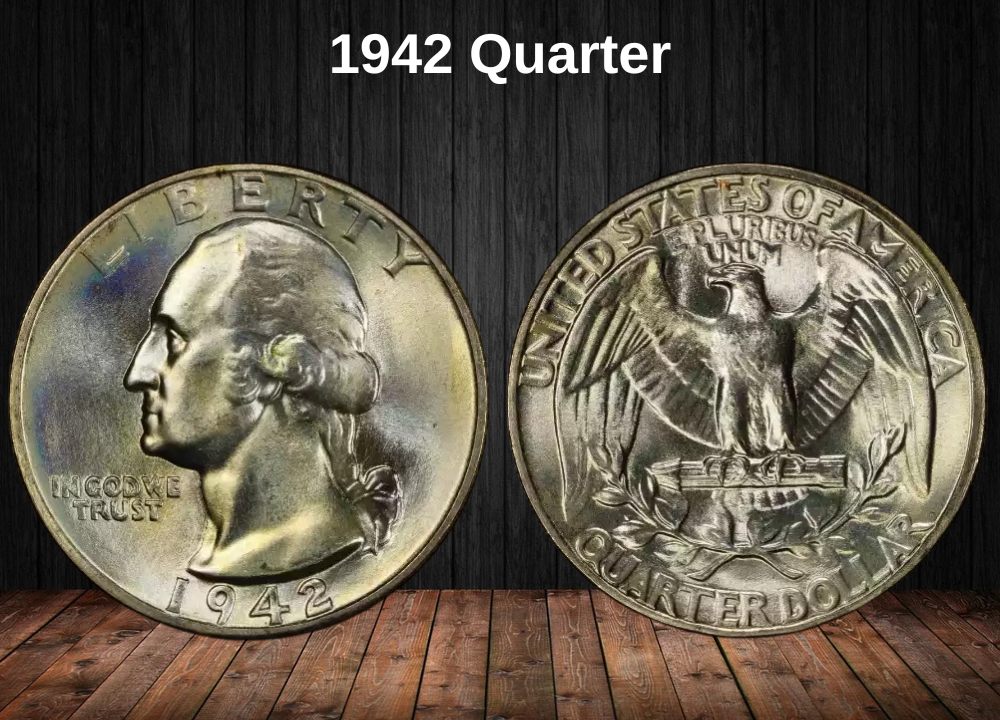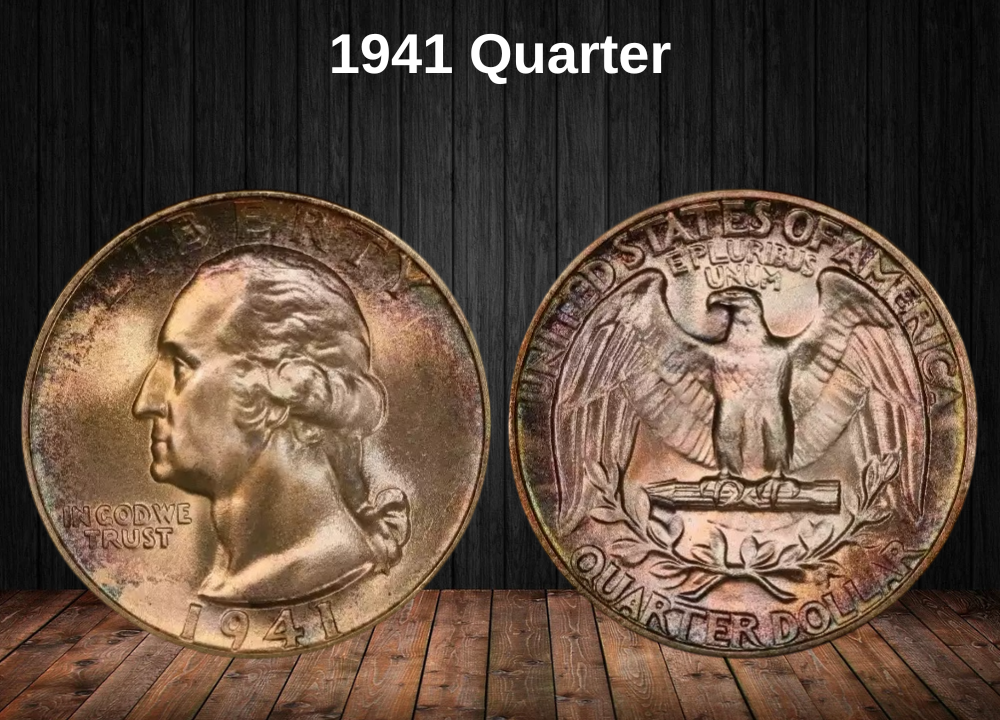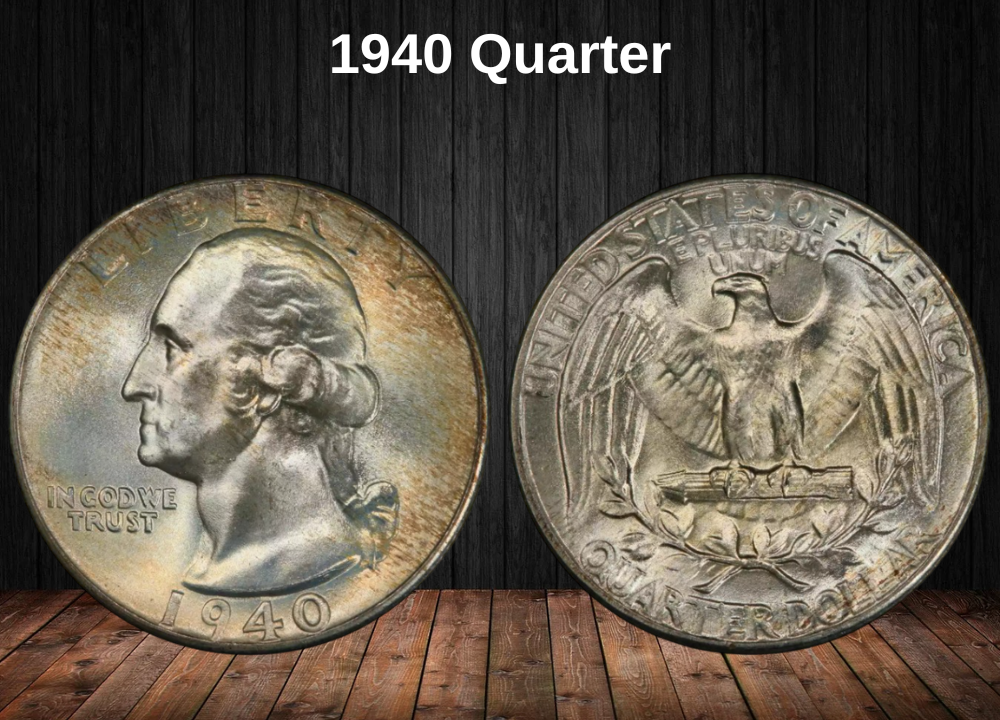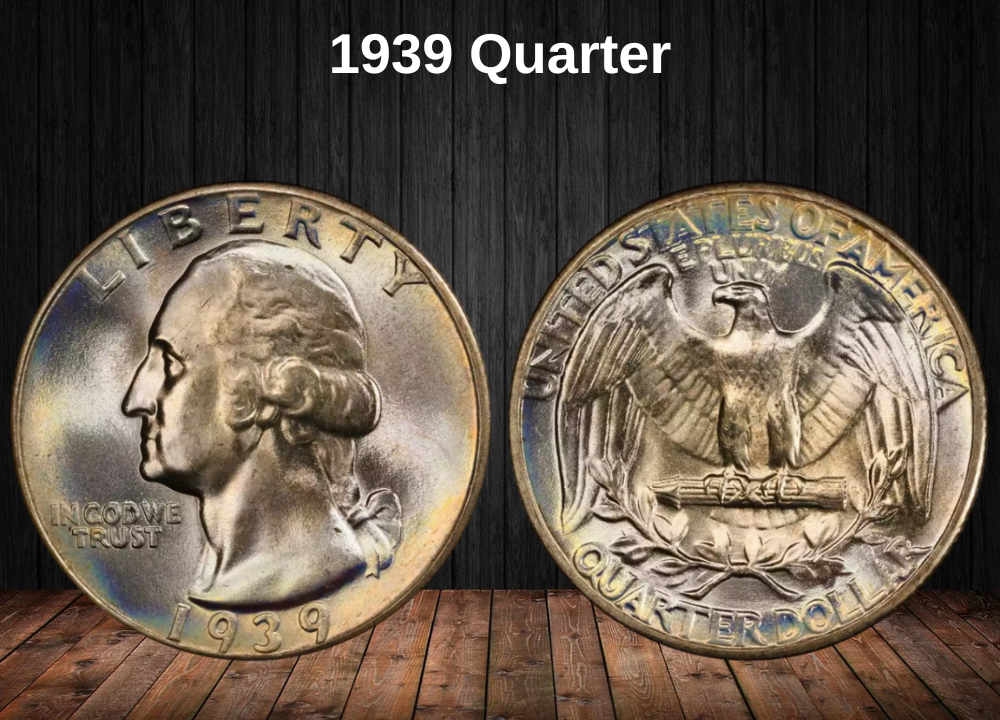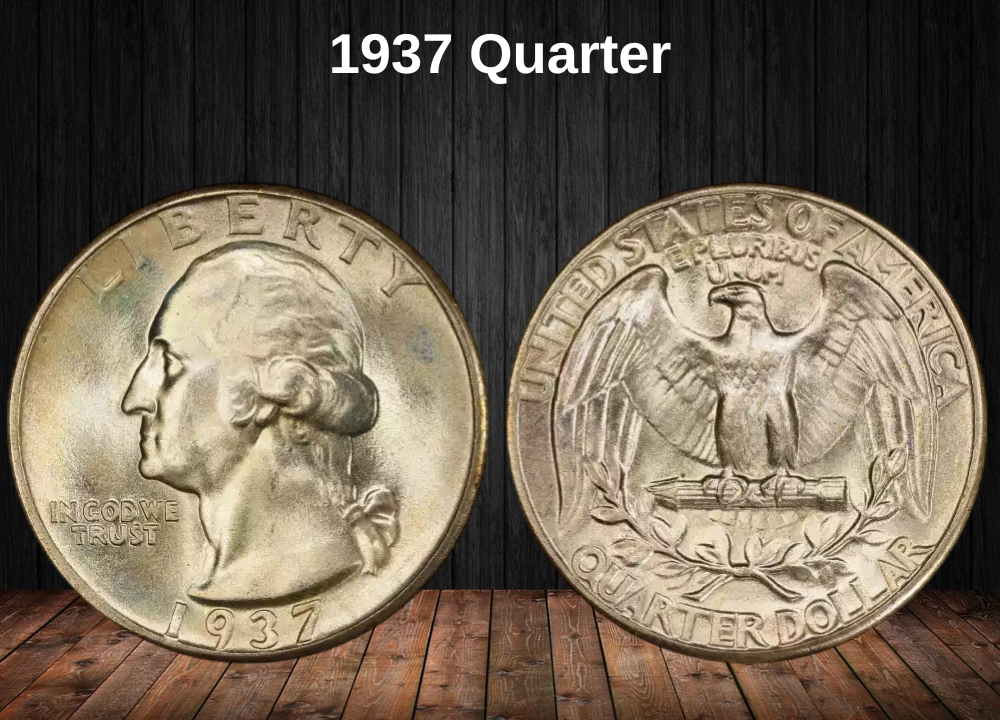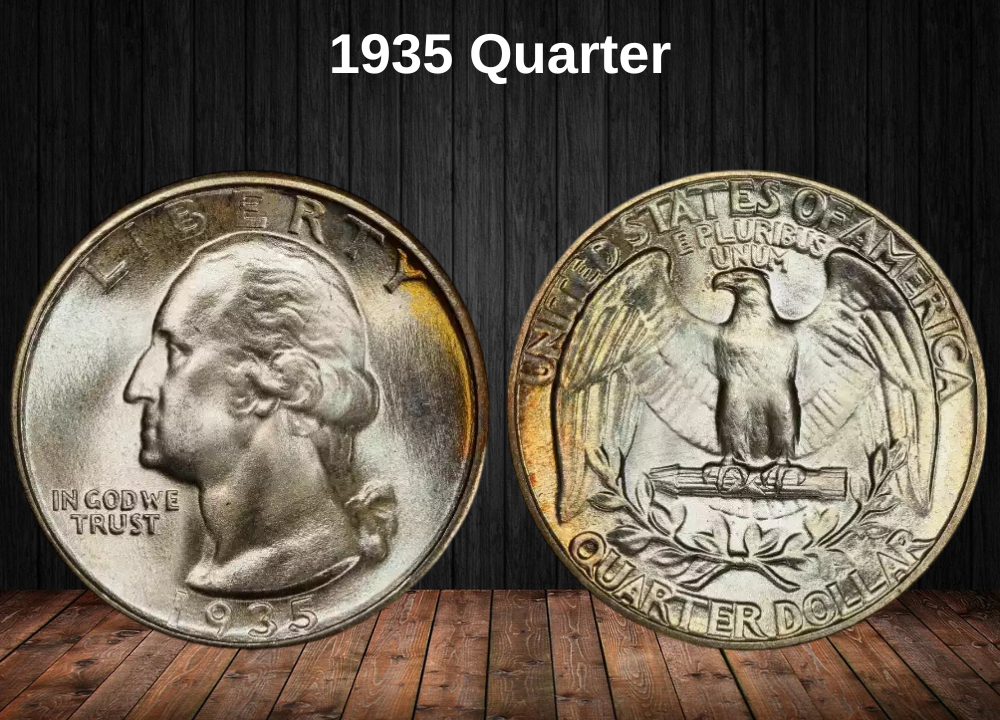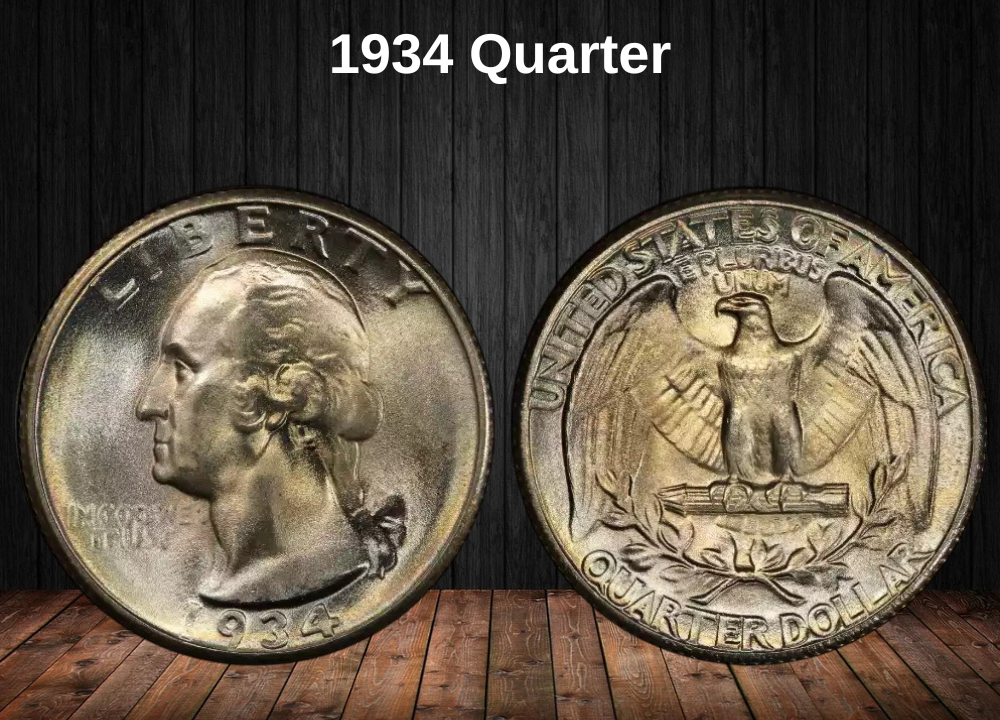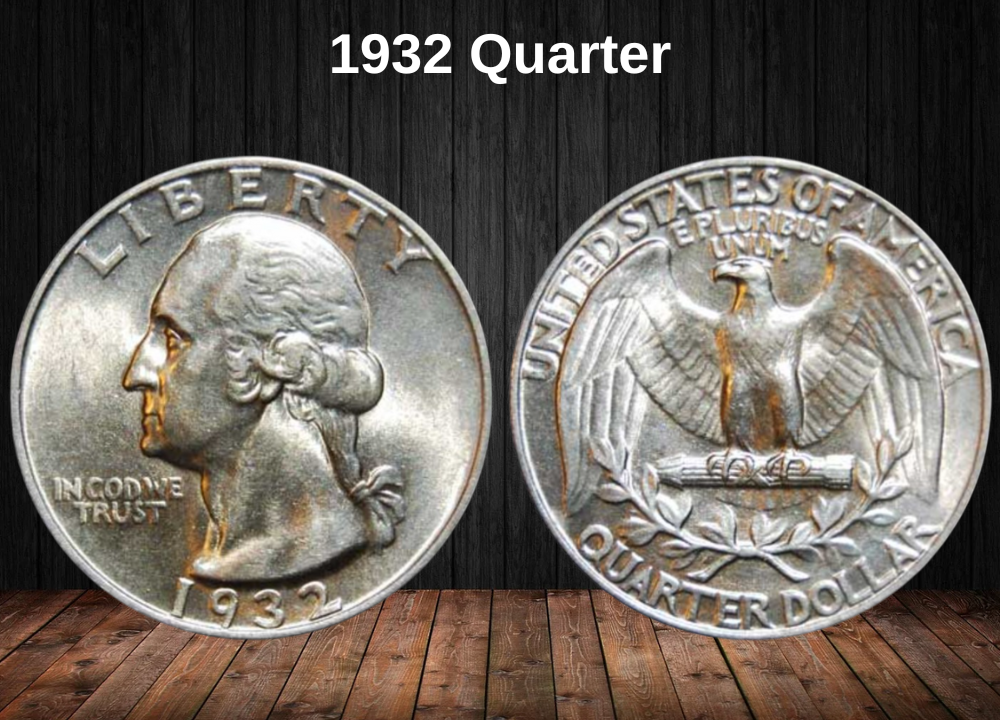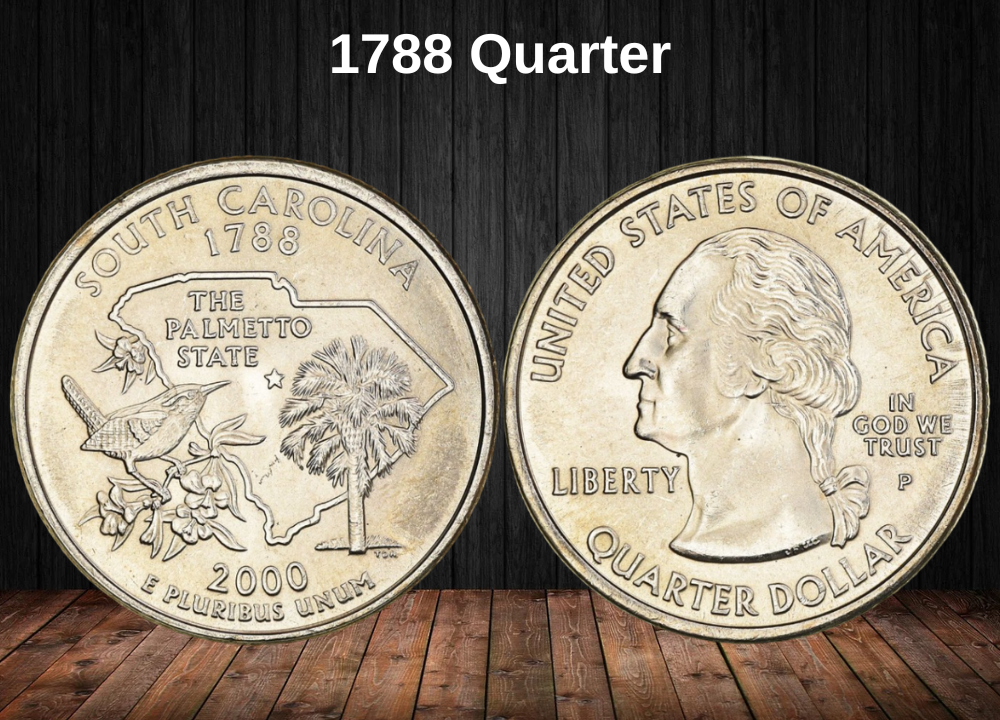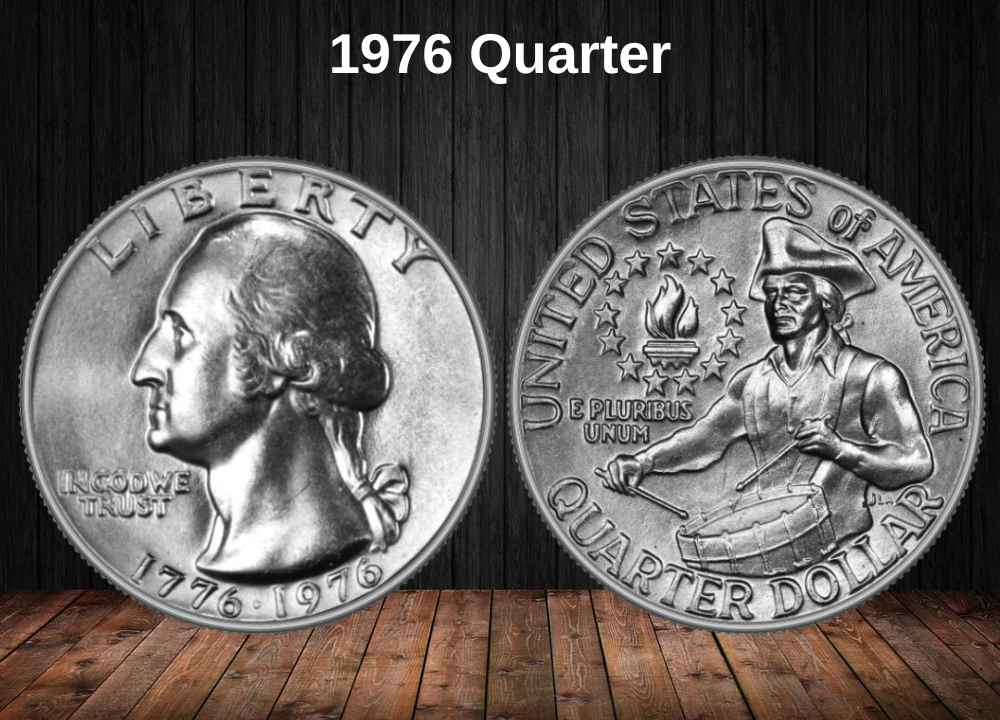The 1972 Washington Quarter holds a special place in American numismatic history as one of the early clad-era coins that cemented the copper-nickel composition as the new standard in circulation. With silver officially eliminated from quarters just seven years earlier, these coins reflect the full transition to modern U.S. coinage.
Struck in massive numbers at the Philadelphia, Denver, and San Francisco Mints, the 1972 quarter is generally common in circulation. Most worn examples remain worth only face value, but pristine mint state coins and proof strikes can achieve attractive premiums. Denver issues tend to command slightly higher values in top grades, while San Francisco proofs—especially those with strong cameo or deep cameo contrast—are highly sought after by collectors.
Whether you’re new to collecting or searching for overlooked varieties, the 1972 quarter offers both affordability and potential treasure in the form of mint errors and special strike designations.
1972 Quarter Value By Variety
Below is a breakdown of current market prices for the 1972 quarter depending on variety and condition.
| TYPE | GOOD | FINE | AU | MS | PR |
|---|---|---|---|---|---|
| 1972 No Mint Mark Quarter Value | $0.25 | $0.29 | $0.67 | $9.83 | — |
| 1972 D Quarter Value | $0.25 | $0.29 | $0.67 | $15.14 | — |
| 1972 S Proof Quarter Value | — | — | — | — | $5.00 |
| 1972 S CAM Quarter Value | — | — | — | — | $5.38 |
| 1972 S DCAM Quarter Value | — | — | — | — | $9.25 |
Top 7 Most Valuable 1972 Quarter Worth Money
| Rank | Coin Variety & Grade | Value |
|---|---|---|
| 1 | 1972-D Quarter MS-67 (Top Pop) | $3,500 – $4,250 |
| 2 | 1972 No Mint Mark Quarter MS-67 | $1,800 – $2,500 |
| 3 | 1972-S Proof Quarter PR-69 DCAM | $950 – $1,300 |
| 4 | 1972-D Quarter MS-66+ | $600 – $850 |
| 5 | 1972-S Proof Quarter PR-69 CAM | $400 – $600 |
| 6 | 1972 No Mint Mark Quarter MS-66 | $300 – $450 |
| 7 | 1972-S Proof Quarter PR-68 DCAM | $200 – $350 |
History of the 1972 Quarter
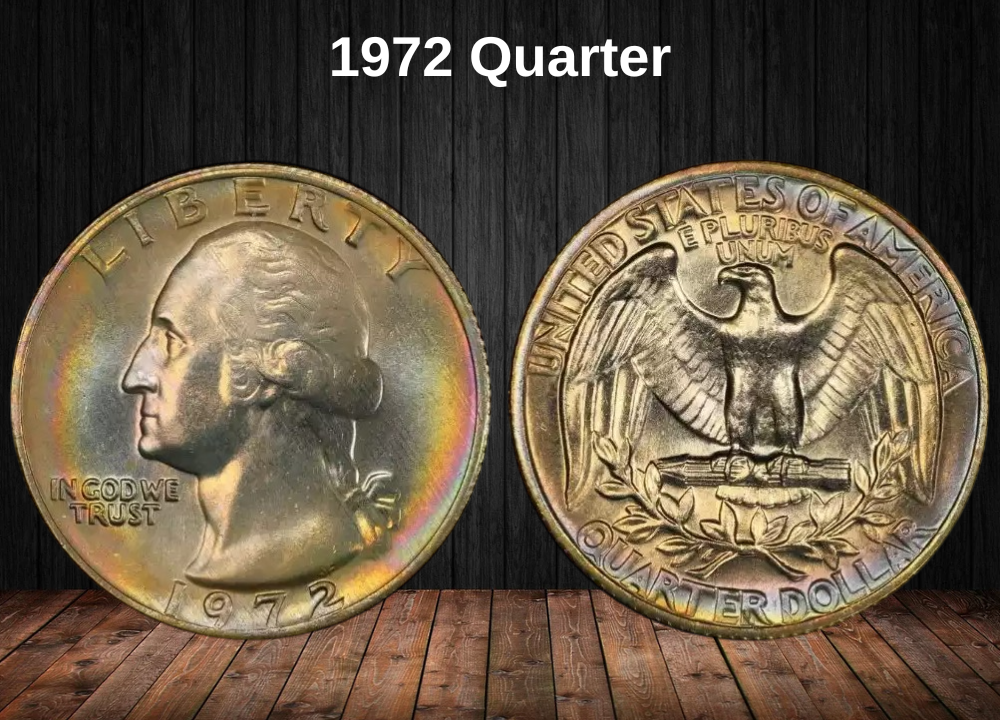
The 1972 Washington Quarter comes from the early years of America’s clad coinage era. Just seven years earlier, in 1965, the U.S. Mint had eliminated silver from quarters due to rising bullion prices and a nationwide coin shortage. This transition marked a permanent change in U.S. coinage, as quarters shifted from 90% silver to a copper-nickel clad composition.
By 1972, the new clad quarters had firmly replaced their silver predecessors in circulation. However, the production quality of these early clad coins often varied, with many showing weak strikes or planchet imperfections. For collectors, this makes high-grade survivors more desirable, as coins that escaped heavy circulation and retained sharp details are surprisingly scarce.
Another historical milestone in 1972 was the continuation of proof coinage from the San Francisco Mint, which had resumed proof production in 1968 after the Special Mint Set years (1965–1967). These proofs included Cameo (CAM) and Deep Cameo (DCAM) examples, showcasing dramatic contrasts that remain highly collectible today.
The 1972 quarter is not rare in lower grades, but its importance lies in its role as one of the foundational issues of the clad era. It reflects both the Mint’s response to economic pressures of the 1960s and the gradual improvement in striking quality that would define later decades.
Key Features of the 1972 Quarter
The 1972 Washington Quarter maintains John Flanagan’s classic design that had been in use since the coin’s debut in 1932. While the composition had shifted to copper-nickel clad by this point, the design elements remained consistent, carrying both historical continuity and national symbolism.
The Obverse of the 1972 Quarter
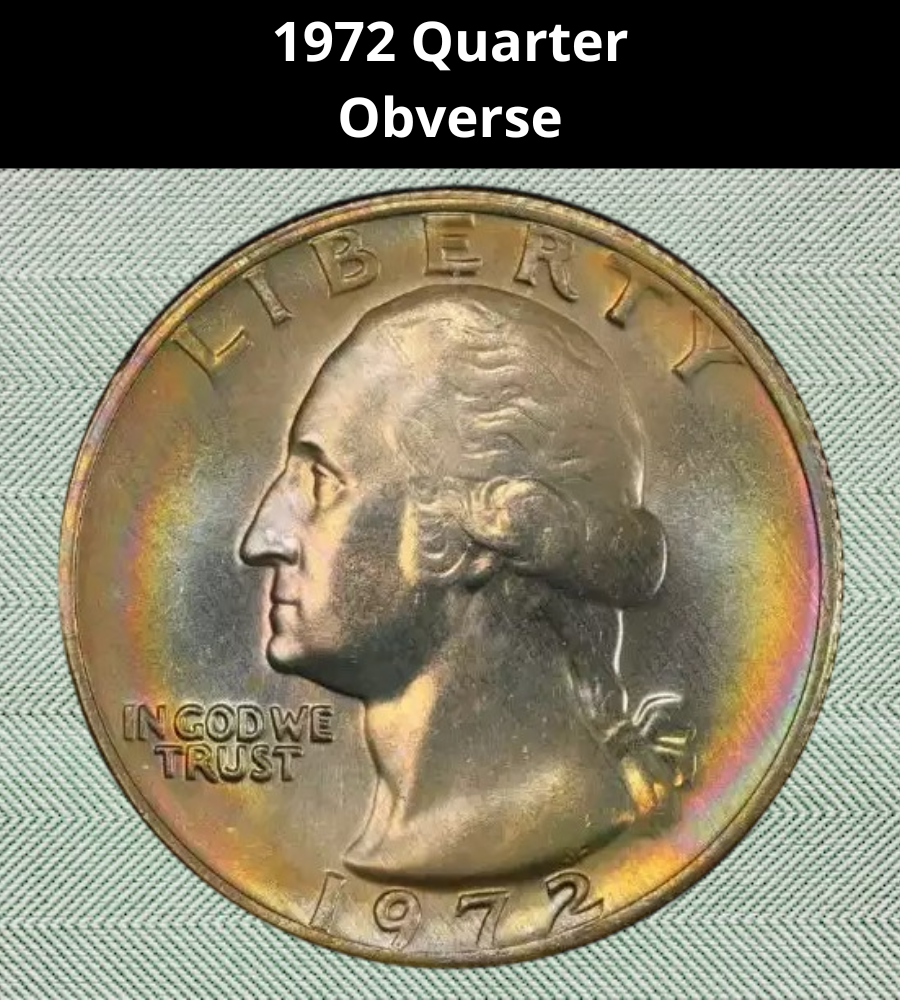
The obverse displays the left-facing portrait of George Washington, designed by John Flanagan and based on Jean-Antoine Houdon’s 18th-century bust of the first U.S. president.
- LIBERTY appears prominently above Washington’s head.
- The motto IN GOD WE TRUST is placed to the left, near Washington’s chin.
- The date 1972 is centered along the bottom rim.
- On coins with mint marks (“D” for Denver or “S” for San Francisco), the letter is found to the right of Washington’s ponytail ribbon.
The Reverse of the 1972 Quarter
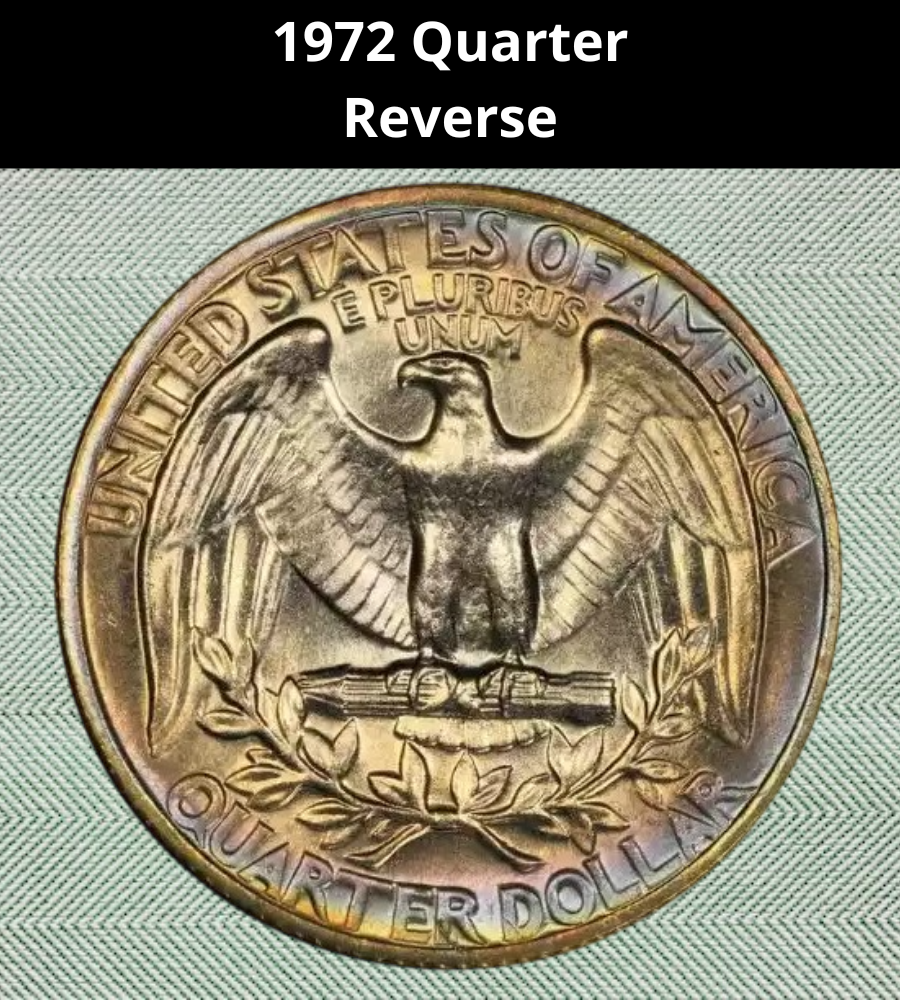
The reverse showcases the heraldic eagle with wings spread wide. The eagle perches on a bundle of arrows, symbolizing strength and readiness for defense, while two olive branches form a wreath below, representing peace.
- UNITED STATES OF AMERICA arches across the top rim.
- The Latin motto E PLURIBUS UNUM sits just above the eagle’s head.
- The denomination QUARTER DOLLAR is displayed along the bottom rim.
Other Features of the 1972 Quarter
- Composition: Copper-nickel clad (outer layers of 75% copper, 25% nickel bonded to a pure copper core).
- Weight: 5.67 grams.
- Diameter: 24.3 mm.
- Edge: Reeded with 119 reeds.
- Mints: Philadelphia (no mint mark), Denver (D), and San Francisco (S for proof coins).
The absence of silver in these coins makes them primarily valuable for their collectible varieties, such as high-grade Mint State examples or proof coins with Cameo and Deep Cameo finishes.
1972 Quarter Grading
Grading is one of the most important factors in determining a 1972 quarter’s market value. Circulated examples typically remain at face value, while Mint State and Proof coins—especially those with Cameo (CAM) or Deep Cameo (DCAM) designations—can command significant premiums.
Below is a reference table showing how condition influences value:
| Grade | Description | Typical Value Range |
|---|---|---|
| G-4 (Good) | Heavy wear, design details flat, legends readable but weak | $0.25 |
| F-12 (Fine) | Moderate wear with more visible hair and feather details | $0.29 |
| AU-50 (About Uncirculated) | Light wear on high points, strong overall detail | $0.67 |
| MS-60 (Mint State) | No wear, noticeable contact marks, average luster | $5 – $10 |
| MS-65 (Gem Mint State) | Strong luster, sharp strike, minimal marks | $25 – $40 |
| MS-67 (Superb Gem) | Near-perfect, full luster, exceptional eye appeal | $150 – $300+ |
| PR-65 (Proof) | Strong strike, mirrored fields, few imperfections | $6 – $10 |
| PR-67 CAM | Crisp cameo contrast, frosted devices vs. mirrored fields | $15 – $20 |
| PR-68 DCAM | Deep cameo contrast, highly reflective fields, rare | $30 – $60+ |
1972 Quarter Value Guides
1972 No Mint Mark Quarter Value
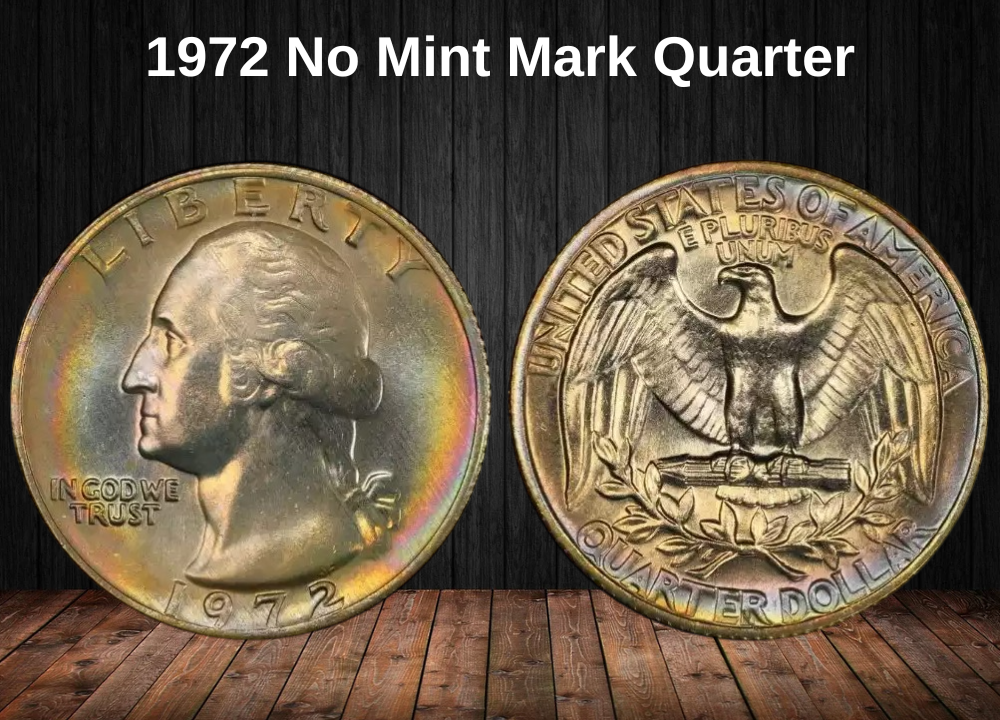
The 1972 No Mint Mark Quarter was struck at the Philadelphia Mint, which at that time did not use a mint mark. With over 215 million coins produced, this issue is very common in circulated condition and typically trades for face value.
However, condition is everything. While worn examples are worth $0.25, uncirculated specimens with sharp details and strong luster can sell for significantly more. At higher Mint State levels (MS-65 and above), their relative scarcity pushes values upward.
The Philadelphia strikes are also known for quality inconsistencies, with many coins showing weak strikes or contact marks. Collectors therefore prize those few examples that survived with minimal flaws and strong eye appeal.
Value Chart – 1972 No Mint Mark Quarter
| Grade | Value Range |
|---|---|
| Good (G-4) | $0.25 |
| Fine (F-12) | $0.29 |
| About Uncirculated (AU-50) | $0.67 |
| Mint State (MS-60) | $3 – $5 |
| Mint State (MS-63) | $8 – $12 |
| Mint State (MS-65) | $20 – $35 |
| Mint State (MS-67) | $150 – $300+ |
1972-D Quarter Value
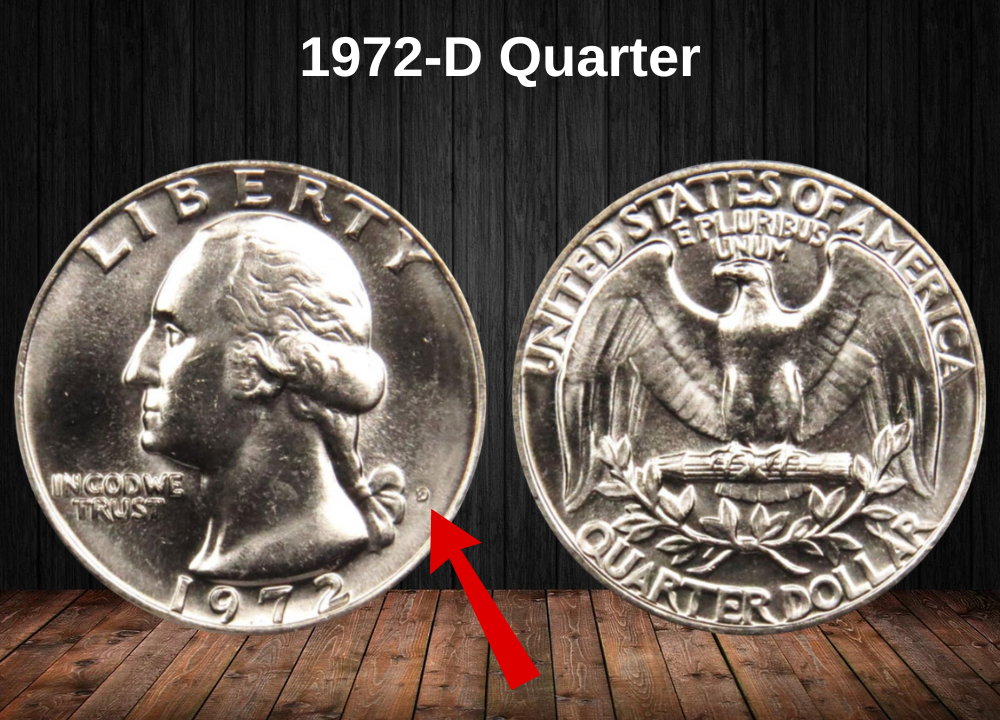
The 1972-D Washington Quarter was struck at the Denver Mint, with an impressive mintage of over 311 million coins. Like its Philadelphia counterpart, it was made of copper-nickel clad rather than silver, meaning most circulated examples remain worth only their face value of $0.25.
What makes the Denver issue interesting is that despite the enormous production, true gem-quality survivors are elusive. Denver strikes often show heavy contact marks, weak luster, or bag chatter, making high-grade examples much scarcer than the raw mintage suggests.
For collectors, MS-65 and higher grades hold strong demand, with auction results showing steady increases for well-preserved coins. At the top end (MS-67), values can reach several hundred dollars, making them prime targets for registry set builders.
Value Chart – 1972-D Quarter
| Grade | Value Range |
|---|---|
| Good (G-4) | $0.25 |
| Fine (F-12) | $0.29 |
| About Uncirculated (AU-50) | $0.67 |
| Mint State (MS-60) | $3 – $6 |
| Mint State (MS-63) | $10 – $15 |
| Mint State (MS-65) | $25 – $45 |
| Mint State (MS-67) | $250 – $500+ |
1972-S Proof Quarter Value
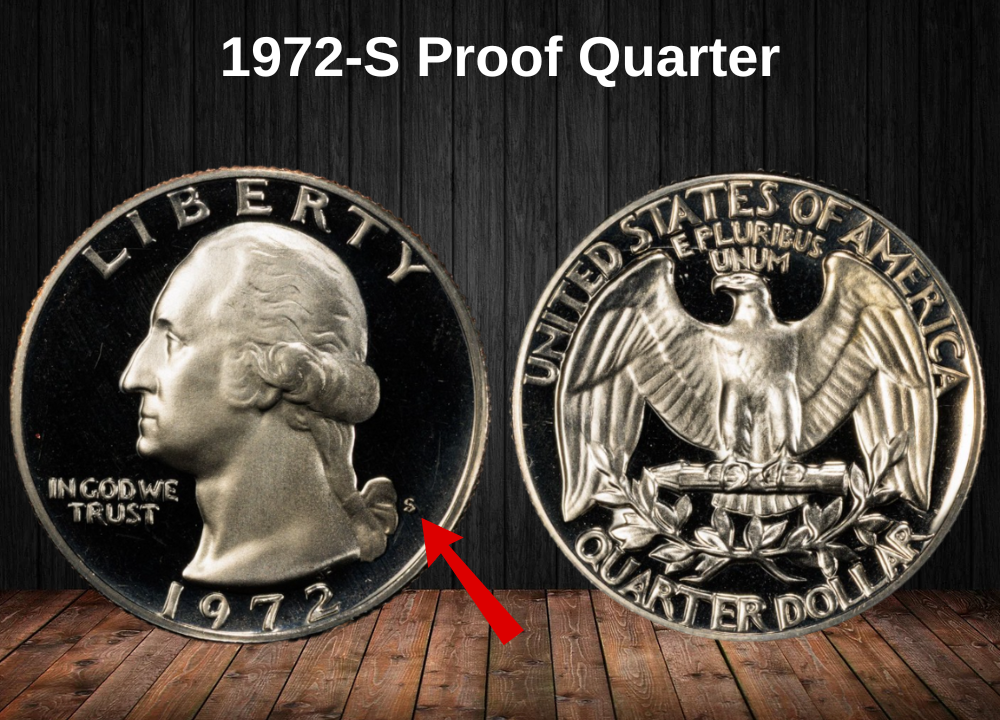
The 1972-S Proof Washington Quarter was struck exclusively at the San Francisco Mint, with a total mintage of about 3.2 million coins. Unlike circulation strikes, these proofs were specially prepared with polished dies and struck multiple times to bring out sharp details and mirror-like fields.
Most 1972-S proof quarters remain accessible and affordable, as many were saved in original U.S. Mint proof sets. However, their value is strongly influenced by surface quality and cameo contrast. Standard proofs without strong cameo often sell for modest premiums, while cameo and especially deep cameo examples command much higher prices.
Value Chart – 1972-S Proof Quarter
| Grade | Value Range |
|---|---|
| Proof (PR-60) | $1 – $2 |
| Proof (PR-63) | $3 – $4 |
| Proof (PR-65) | $5 – $7 |
| Proof (PR-67) | $8 – $12 |
| Proof (PR-69) | $15 – $22 |
| Proof (PR-70) | $150 – $300+ |
1972-S CAM Quarter Value
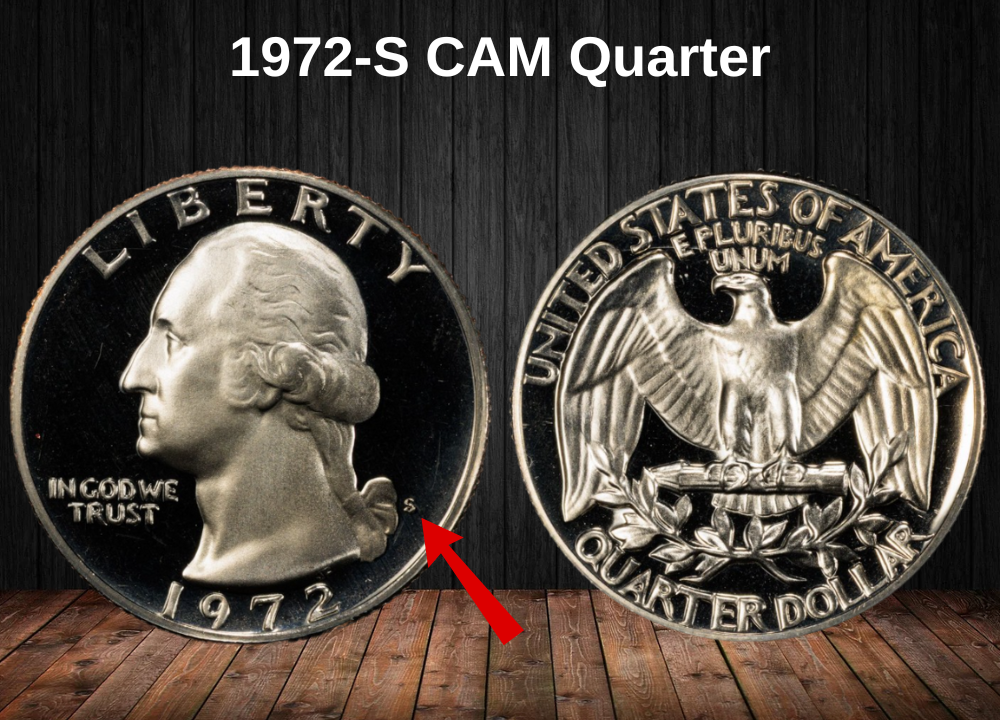
The 1972-S Cameo Proof Quarter is distinguished by its frosted design devices that stand out against mirrored fields, giving the coin a striking proof-like contrast. This effect was achieved when fresh dies with special preparation were used, resulting in a sharp frosted finish on Washington’s portrait and the reverse eagle.
Not all 1972-S proofs display this cameo effect, which is why the CAM designation adds noticeable premium value. These coins combine affordability with added visual appeal, making them an excellent upgrade for collectors who want more eye-catching proof examples from the early clad era.
Value Chart – 1972-S CAM Quarter
| Grade | Value Range |
|---|---|
| PR-64 CAM | $5 – $7 |
| PR-65 CAM | $8 – $12 |
| PR-66 CAM | $14 – $18 |
| PR-67 CAM | $20 – $28 |
| PR-68 CAM | $32 – $45 |
| PR-69 CAM | $55 – $85 |
1972-S DCAM Quarter Value
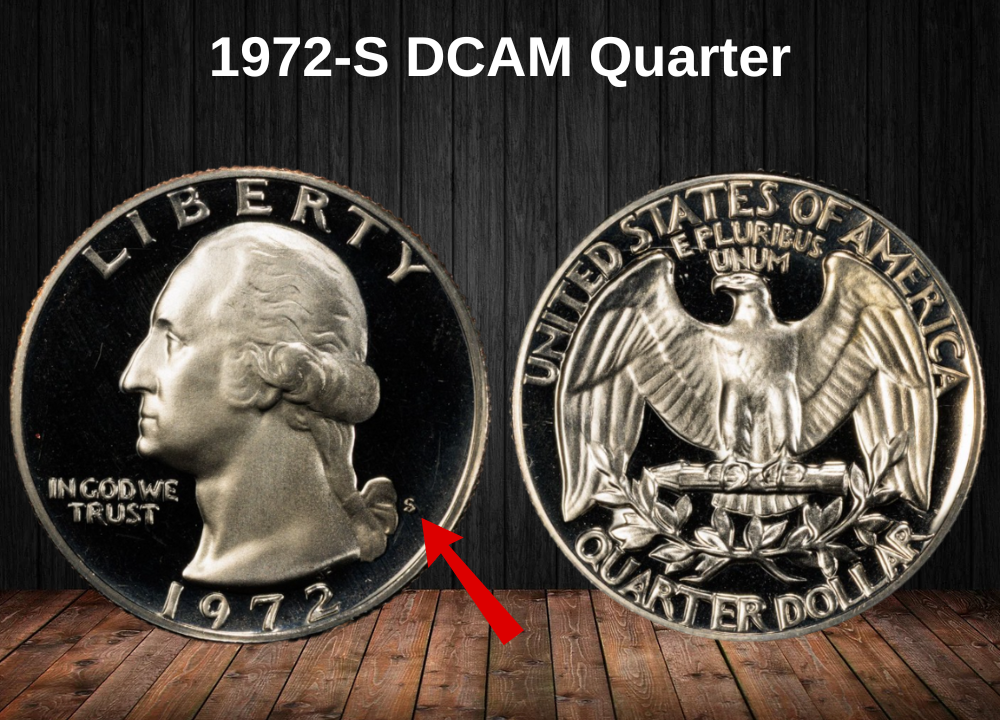
The 1972-S Deep Cameo Proof Quarter represents the highest level of quality available for this year’s proof issues. These coins exhibit intensely frosted design elements against deeply mirrored fields, creating the dramatic black-and-white contrast that collectors prize above all else.
Only the earliest strikes from freshly prepared dies achieved this DCAM designation, which explains their scarcity. While regular proofs and even Cameo examples are relatively common, Deep Cameos stand out as the premium choice for serious collectors of the Washington quarter series.
Value Chart – 1972-S DCAM Quarter
| Grade | Value Range |
|---|---|
| PR-64 DCAM | $8 – $12 |
| PR-65 DCAM | $14 – $20 |
| PR-66 DCAM | $22 – $32 |
| PR-67 DCAM | $35 – $55 |
| PR-68 DCAM | $65 – $95 |
| PR-69 DCAM | $120 – $175 |
Rare 1972 Quarter Error List
Although 1972 Washington quarters were mass-produced in copper-nickel clad, several notable mint errors and die varieties emerged that transform ordinary pocket change into highly collectible coins. Below are the most significant 1972 quarter errors, each with updated market values.
1. 1972-D Doubled Die Obverse (DDO)
The 1972-D DDO shows clear doubling in the inscriptions, most prominently on “LIBERTY” and “IN GOD WE TRUST”. Some coins also display minor doubling in the date. This error resulted from a misaligned hubbing process when the working die received more than one impression.
Value Chart – 1972-D DDO
| Grade | Value Range |
|---|---|
| VF-20 | $20 – $35 |
| EF-40 | $40 – $65 |
| AU-50 | $70 – $110 |
| MS-60 | $140 – $200 |
| MS-63 | $250 – $400 |
| MS-65 | $600 – $900 |
| MS-66 | $1,500+ |
2. 1972-D Doubled Die Reverse (DDR FS-801)
The 1972-D DDR FS-801 variety features doubling on the reverse lettering, especially in “UNITED STATES OF AMERICA” and “QUARTER DOLLAR.” The eagle’s feathers may also show slight duplication. This dramatic reverse error is much scarcer than standard strikes and highly prized by error specialists.
Value Chart – 1972-D DDR FS-801
| Grade | Value Range |
|---|---|
| VF-20 | $25 – $40 |
| EF-40 | $50 – $80 |
| AU-50 | $90 – $130 |
| MS-60 | $160 – $220 |
| MS-63 | $300 – $500 |
| MS-65 | $800 – $1,200 |
| MS-66 | $2,000+ |
3. 1972-D Repunched Mint Mark (RPM)
Hand-punched mint marks often led to RPM varieties, and 1972-D is no exception. The Repunched Mint Mark shows an extra “D” impression, usually to the north or south of the primary mint mark. Under magnification, collectors can see shadow-like outlines or doubling.
Value Chart – 1972-D RPM
| Grade | Value Range |
|---|---|
| VF-20 | $10 – $18 |
| EF-40 | $20 – $35 |
| AU-50 | $40 – $60 |
| MS-60 | $75 – $110 |
| MS-63 | $140 – $200 |
| MS-65 | $325 – $500 |
| MS-66 | $750+ |
4. 1972-S Proof DDO
Among proof issues, a small number of 1972-S quarters show Doubled Die Obverse characteristics. Doubling appears sharpest in the word “LIBERTY” and sometimes in Washington’s profile details. Proof doubling is especially striking due to the mirrored fields and frosted devices.
Value Chart – 1972-S Proof DDO
| Grade | Value Range |
|---|---|
| PR-64 | $60 – $90 |
| PR-65 | $120 – $160 |
| PR-66 | $200 – $325 |
| PR-67 | $400 – $650 |
| PR-68 | $800 – $1,200 |
| PR-69 CAM/DCAM | $1,500 – $2,200+ |
5. 1972 Off-Center Strike
Off-center errors occur when the coin blank is improperly fed into the press. 1972 quarters with 10%–40% off-center strikes are the most collectible, while extreme examples (over 50%) with visible dates and lettering command even higher premiums.
Value Chart – 1972 Off-Center Strike
| Error Type | Value Range |
|---|---|
| Minor (5%–10%) | $25 – $40 |
| Moderate (15%–40%) | $50 – $120 |
| Major (50%+ with date visible) | $150 – $400+ |
6. 1972 Clipped Planchet
A clipped planchet error happens when the blanking press overlaps sheet edges, cutting a curved portion from the coin. On 1972 quarters, these clips range from small bites to dramatic crescent shapes.
Value Chart – 1972 Clipped Planchet
| Size of Clip | Value Range |
|---|---|
| Small | $15 – $30 |
| Medium | $40 – $70 |
| Large | $90 – $200+ |
Where to Sell Your Quarter Coin?
Now that you know the value of your quarter, the next step is deciding where to sell it. There are several trusted options—both online and in person—that can help you get the best price depending on your coin’s rarity and condition.
To see the full list of recommended places, along with their advantages and disadvantages, check our complete guide on where to sell your quarter coins.
FAQ about the 1972 Quarter
1) What is the composition of the 1972 quarter?
- Outer layers: 75% copper, 25% nickel
- Core: Pure copper
- Weight: 5.67 g
- Diameter: 24.3 mm
- Edge: Reeded with visible copper core
2) Where was the 1972 quarter minted, and how many?
- Philadelphia (no mintmark): 215,048,000
- Denver (“D”): 311,067,732
- San Francisco (“S” Proof only): 3,260,996
3) Are 1972 quarters rare?
- Circulated pieces: Extremely common.
- High-grade MS-67 business strikes: Scarce due to bag marks and weak strikes.
- Proof Deep Cameo (DCAM): Condition rarities and registry favorites.
4) What is the value of a 1972 quarter?
- Circulated: 25¢ (face value)
- MS-65: $8–12
- MS-67: $125–250+
- Proof PR-65: $5–8
- Proof PR-69 DCAM: $150–300+
5) What varieties and errors exist in 1972 quarters?
- 1972-D RPMs (Repunched Mintmarks): Known and collectible.
- Minor doubled dies: DDO/DDR varieties worth cherrypicking.
- Clad planchet errors: Off-center strikes, clipped planchets, broadstrikes.
- Wrong planchets: Occasionally struck on dime stock or foreign planchets.
6) How do you tell a Proof 1972-S from a circulation strike?
- Proofs (San Francisco only) feature mirrorlike fields, squared rims, and often frosted Cameo devices.
- Circulation strikes from Philadelphia and Denver show standard mint luster.
7) Why do collectors pursue the 1972 quarter?
- It’s part of the early clad era, a period notorious for strike and luster challenges.
- Proofs with Deep Cameo contrast are conditionally scarce.
- Cherrypicker varieties like 1972-D RPMs keep interest high.
- Registry collectors value MS-67 business strikes as tough survivors despite huge mintages.

